Its picture appears on the hanging sign, but the church is nowhere to be found within the village. There are no directions or signposts pointing the way. This beautiful rustic little church is easily overlooked. But then that’s part of its charm. To find it you must go on a pilgrimage.
Down along West Chase, following St Peter’s Way.
Beyond the wayside willow tree.
To Mundon Hall Farm
and around the duckpond.
Reward yourself with a handful of blackberries and then feast your eyes on a small miracle.
It’s like a fragile time-travelling spaceship from the 14th century.
Mundon is at the neck of the Dengie Peninsula, an area of land bordered by two tidal rivers, the Blackwater to the north and the Crouch to the south, and the North Sea on the east coast. St Mary’s Church is the lone survivor of the original Mundon village, which fell into ruin after the 1655 plague of Dengie fever. The village was rebuilt further west but the church remained, and now stands within the moated enclosure of Mundon Hall. Over the years it was partially rebuilt, the tower was erected in the 16th century, the original font was dated to about 1200, but during the 19th and 20th centuries the fabric of the church deteriorated and it suffered bomb damage during the Second World War. Since 1975 it has been looked after by the Friends of Friendless Churches, and it is now lovingly conserved.
The entrance via the base of the timber-framed tower.
Beneath the belfry.
The nave furnished with 18th century box pews.
A fragment of medieval wall painting.
Trompe l’oeil curtains over the east window.
My favourite space is the timber-framed entrance and its semi-octagonal aisle.
A blessing on the way in and again on the way out.
The churchyard gate leads back onto St Peter’s Way and a further gate at the edge of the moat.
Where ghosts of oak trees dance.
A blackthorn tunnel brings us around the moat to a field of ‘petrified oaks’.
They’re said to be over 900 years old. The so-called Petrified Oaks of Mundon were poisoned by salt water but not turned to stone. These bleached skeletons of long-dead trees seem to stand united in these uncertain days of political jeopardy as a pertinent monument to Parliamentree Democratree.
And that should have been it. Finished. But perhaps it was because the pilgrimage was too short, maybe we hadn’t suffered enough, so that we found ourselves on a farm track heading east, a long straight track from Mundon Hall Farm to Brick House Farm and into the middle of nowhere.
Where ghosts of oak trees dance.
We kept our eyes on the horizon, and remembered the trees that must once have grown here, before deforestation and the hedgerows grubbed up for these endless prairie fields to feed our bad habits.
Until eventually we arrived at the sea wall, sun-struck and wind-blown, disoriented and overloaded, we pressed on ahead in our own mental windcheaters, heads down, ears whistling, eyes streaming.
Salt marsh all the way to Maylandsea.
Ditches, dykes and drains.
Redshanks, egrets and skylarks.
Until a path drops down out of the wind, through farmland stubble fields of wheat and maize as far as the eye can see, and I wonder how many more harvests can this land yield before it sleeps in the sun.
A line made by walking.
All the way back to the ‘petrified oaks’.
And a last look at St Mary’s spaceship.
And a fleeting farewell visit to the Mundon Furze.
※
Friends of Friendless Churches / Mundon & Mundon Creek





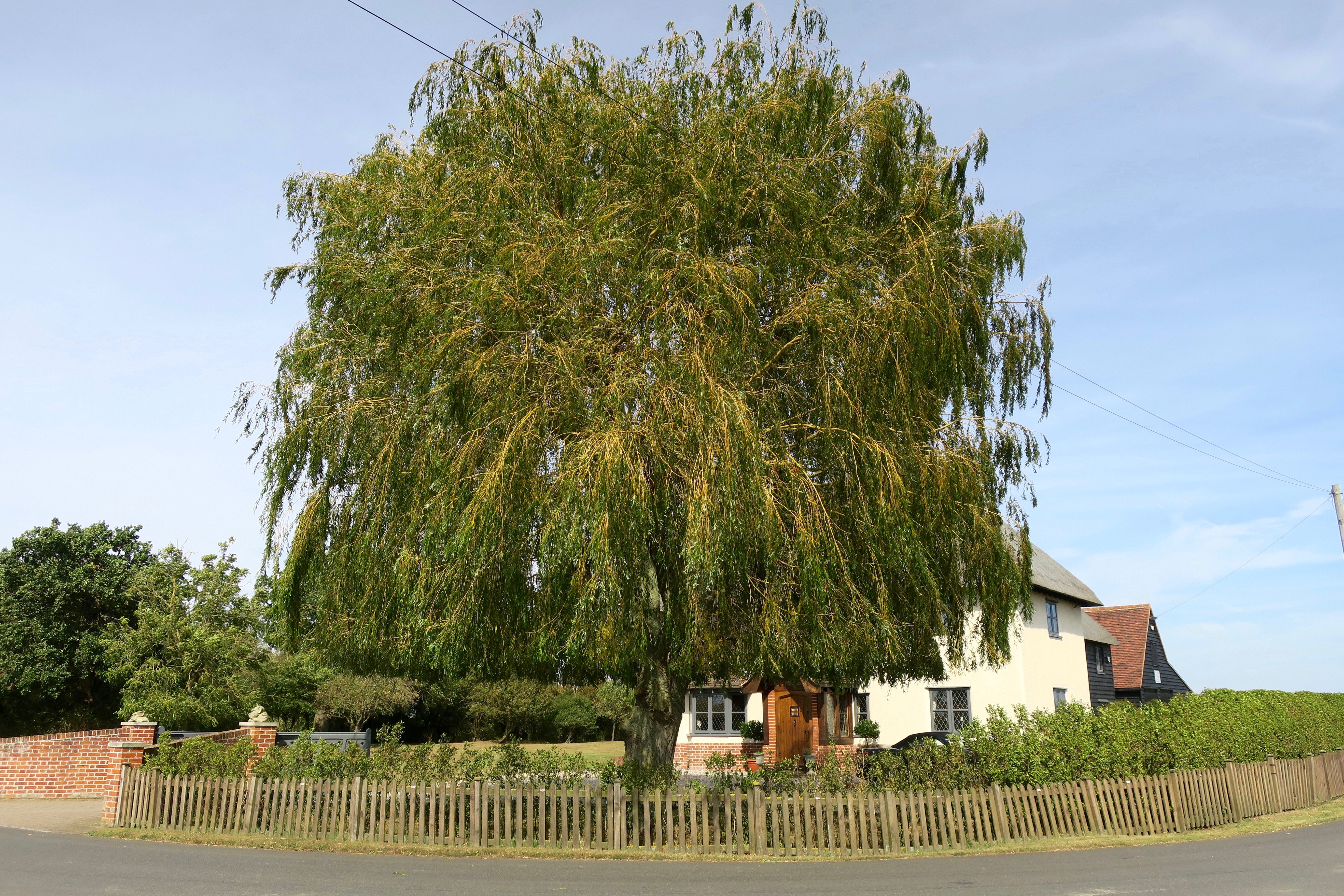

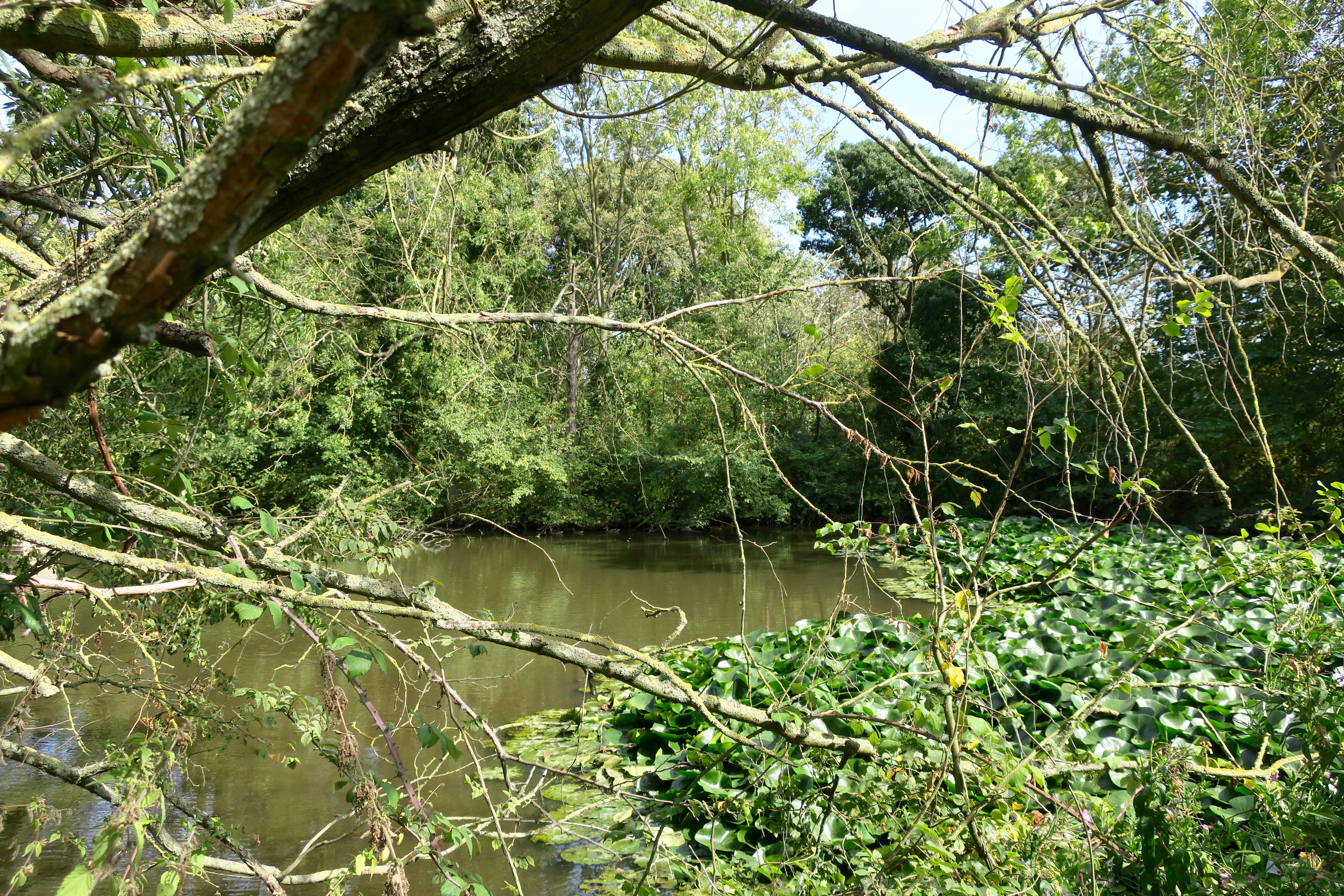

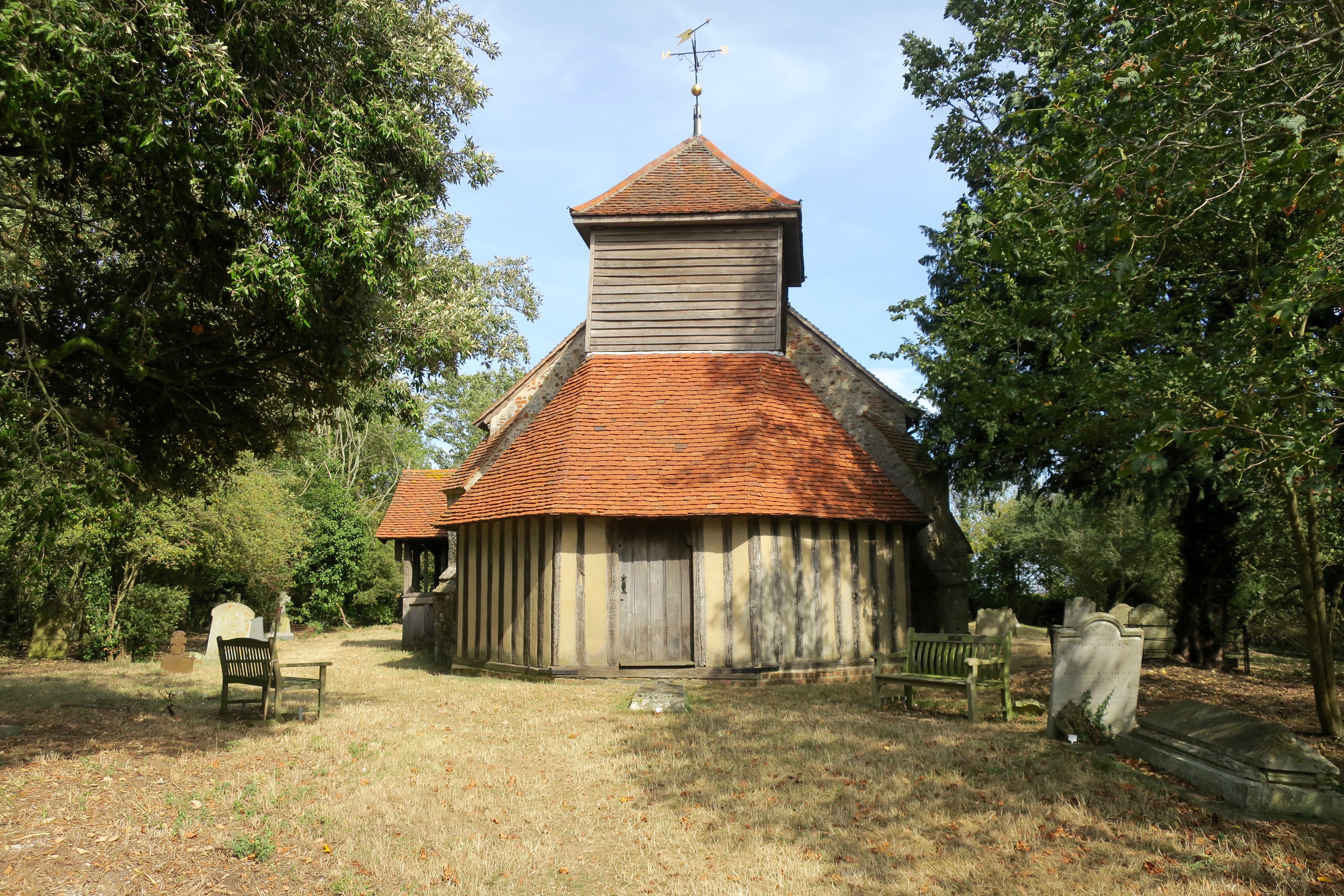
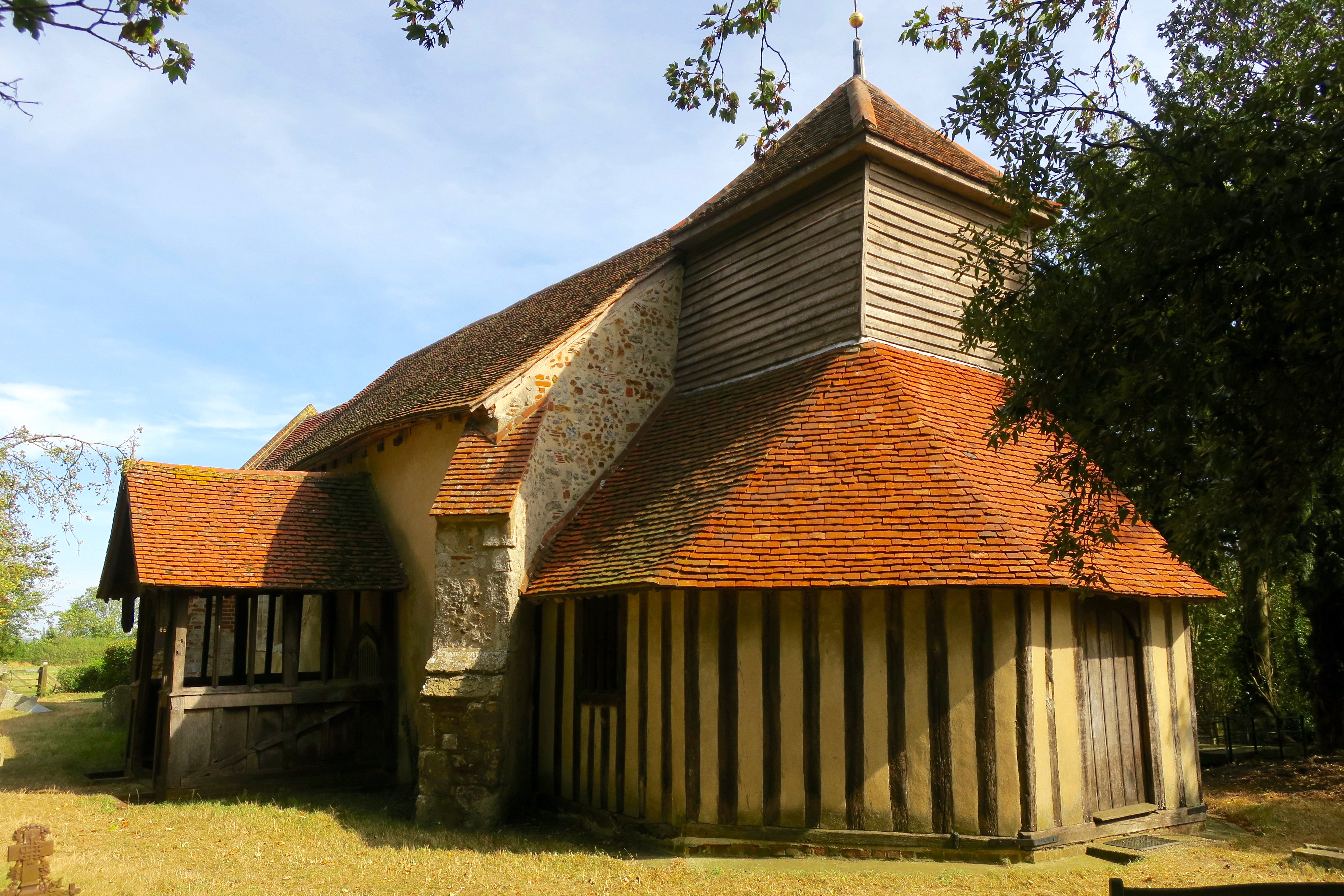



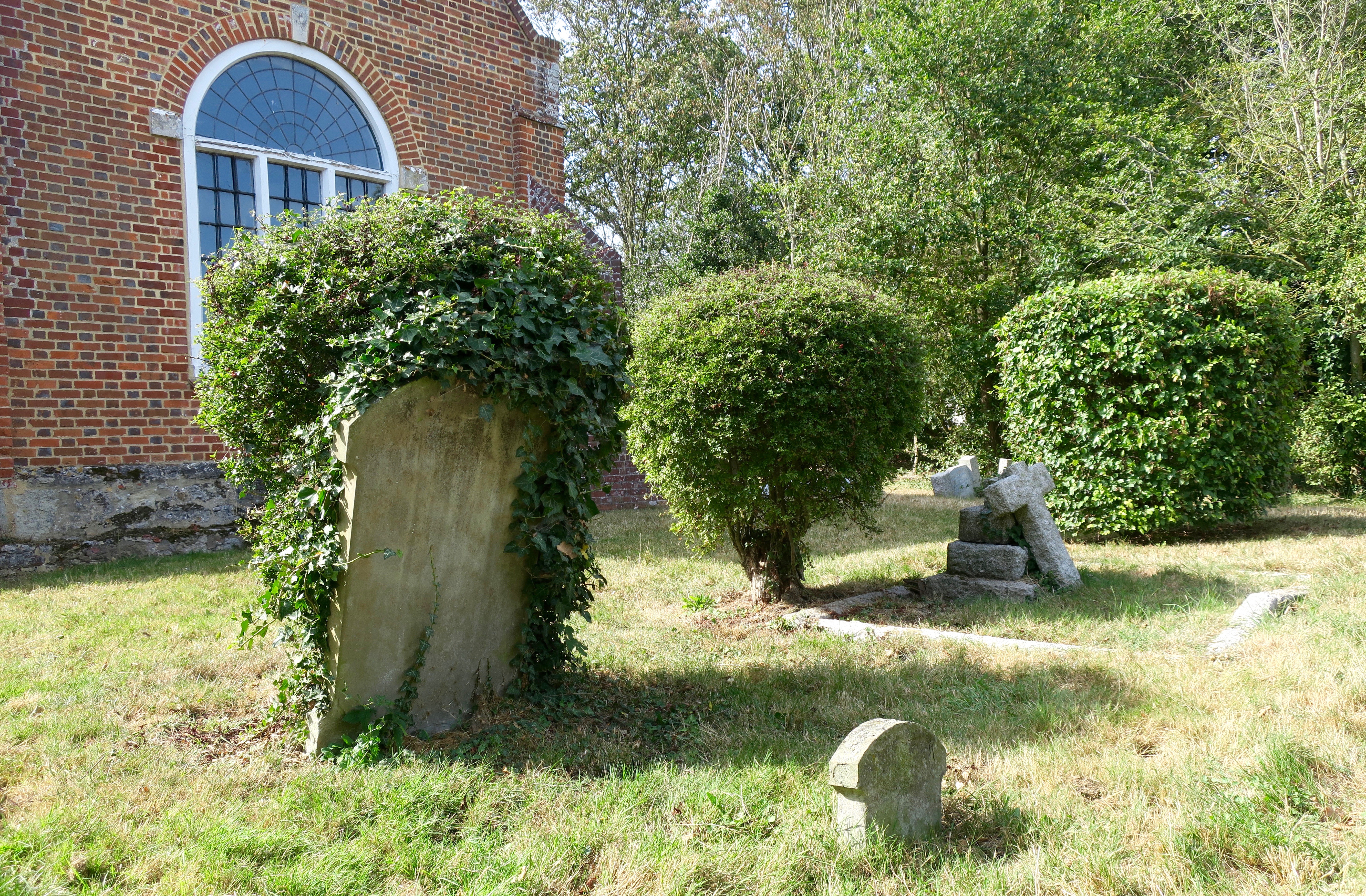
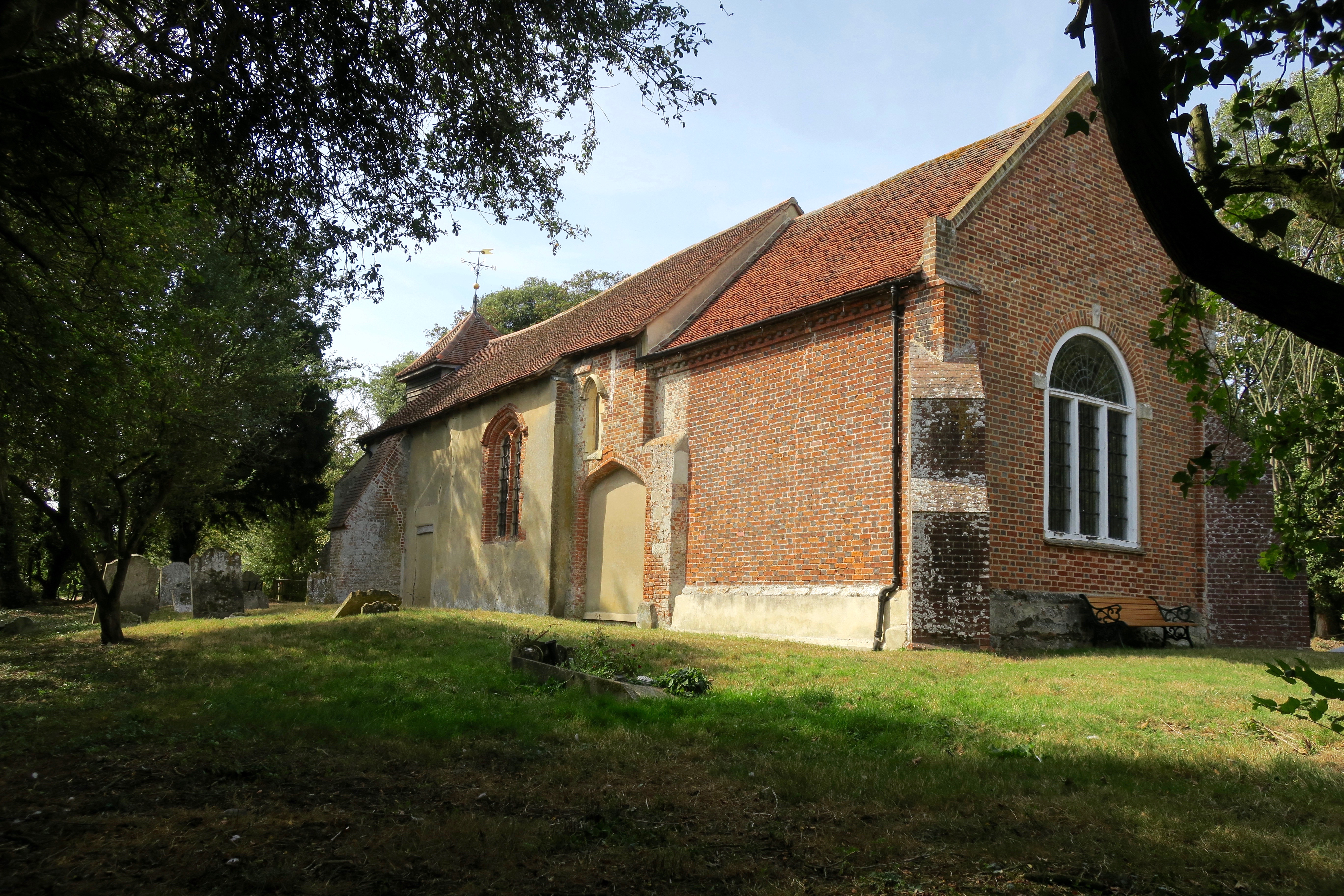





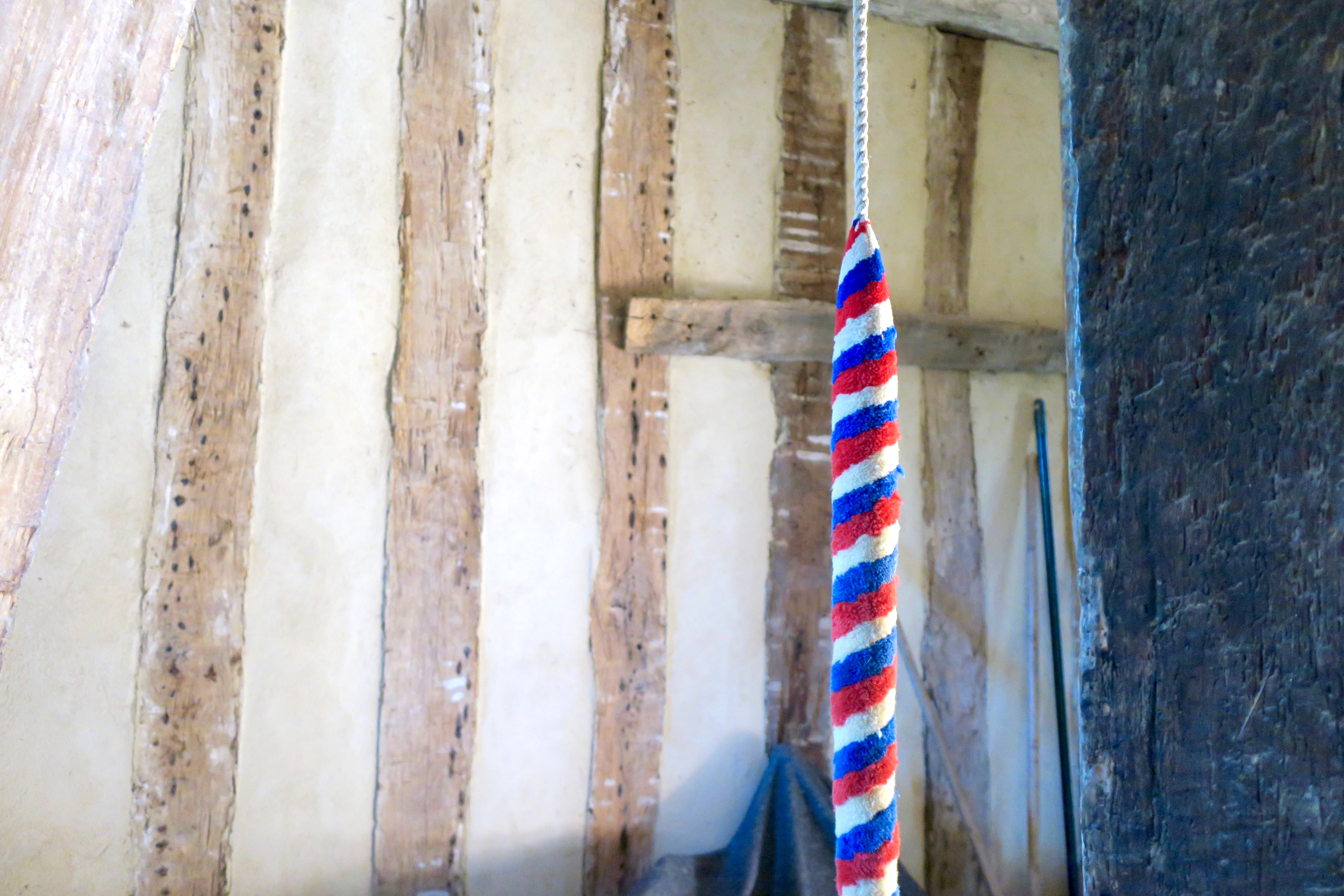
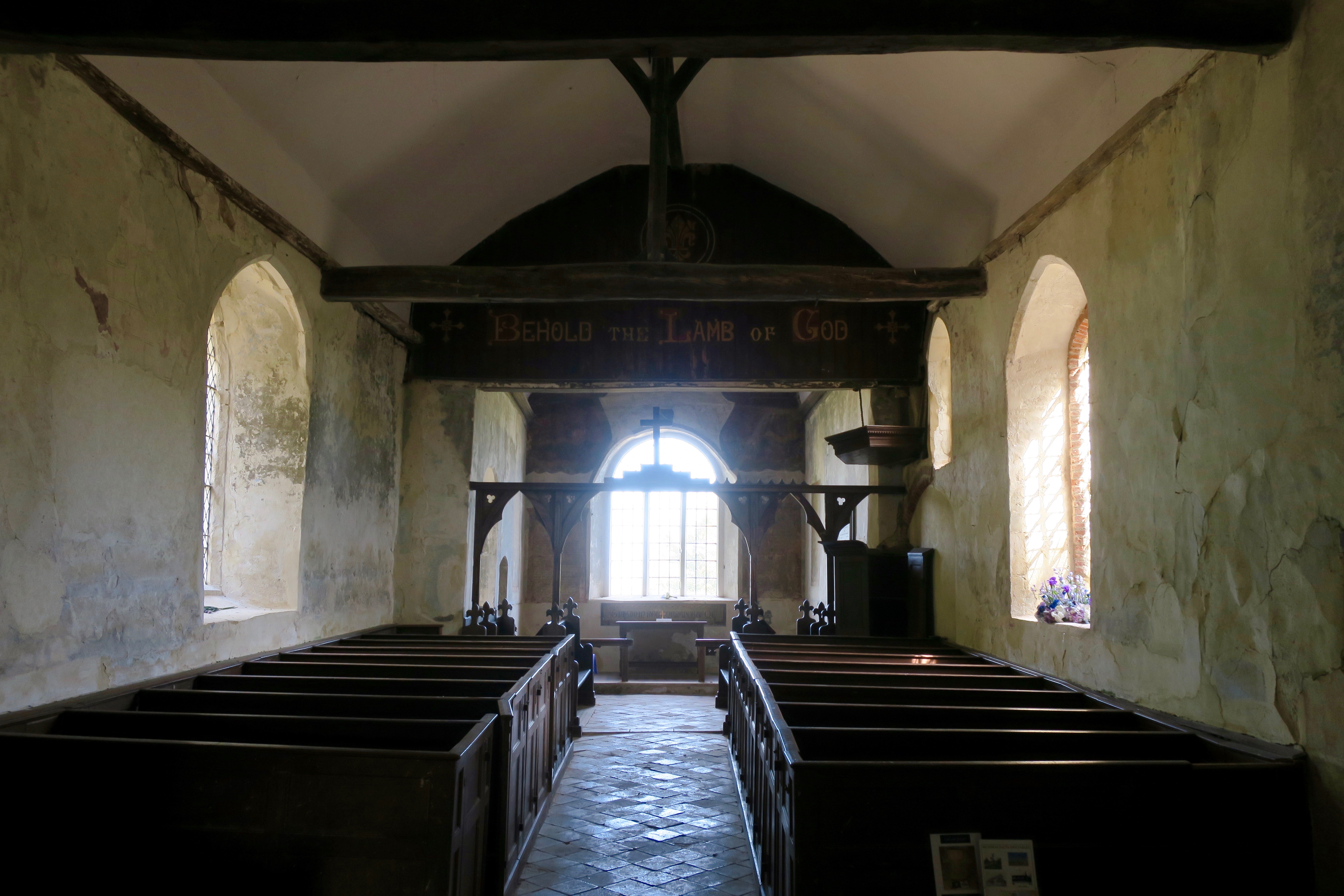

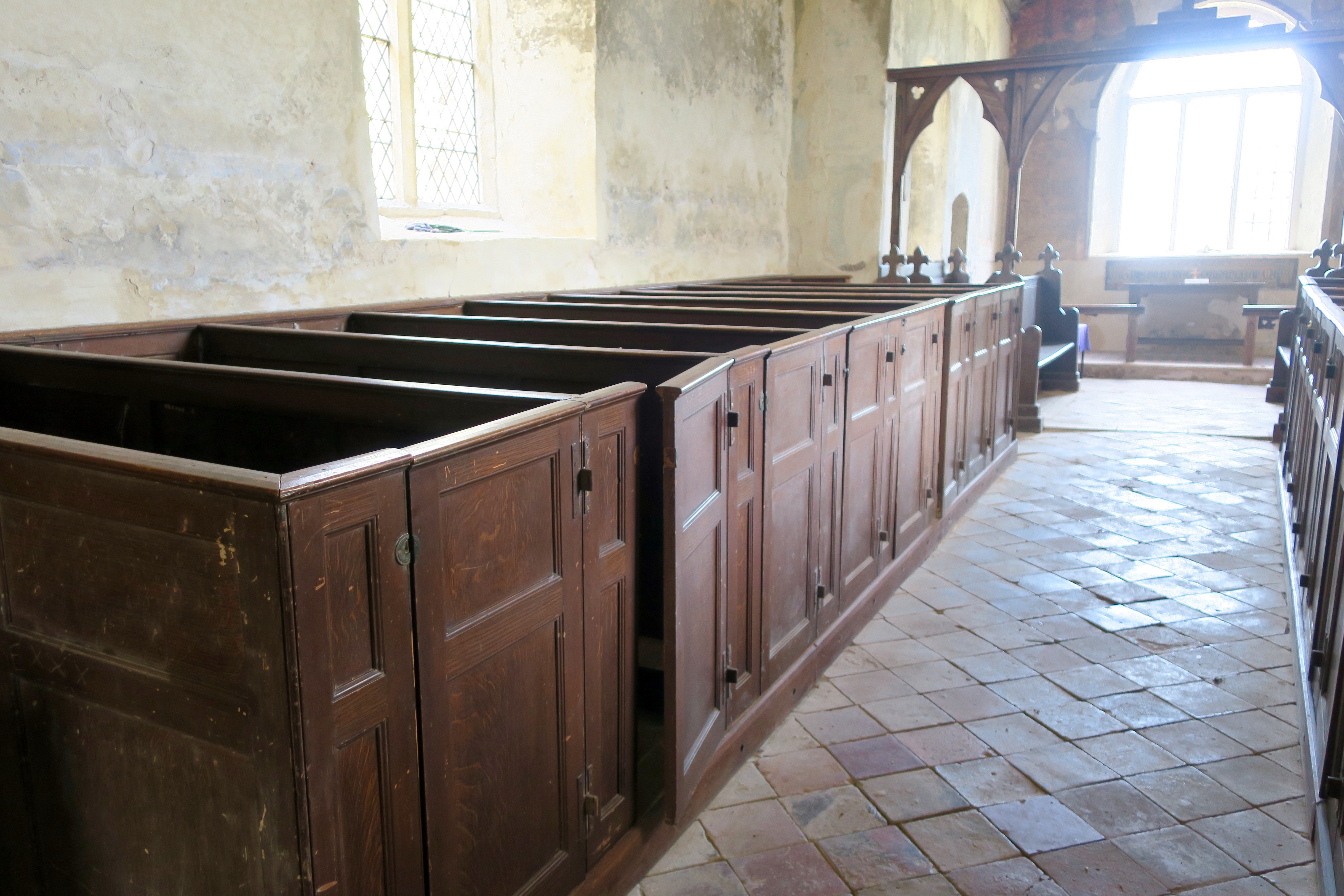


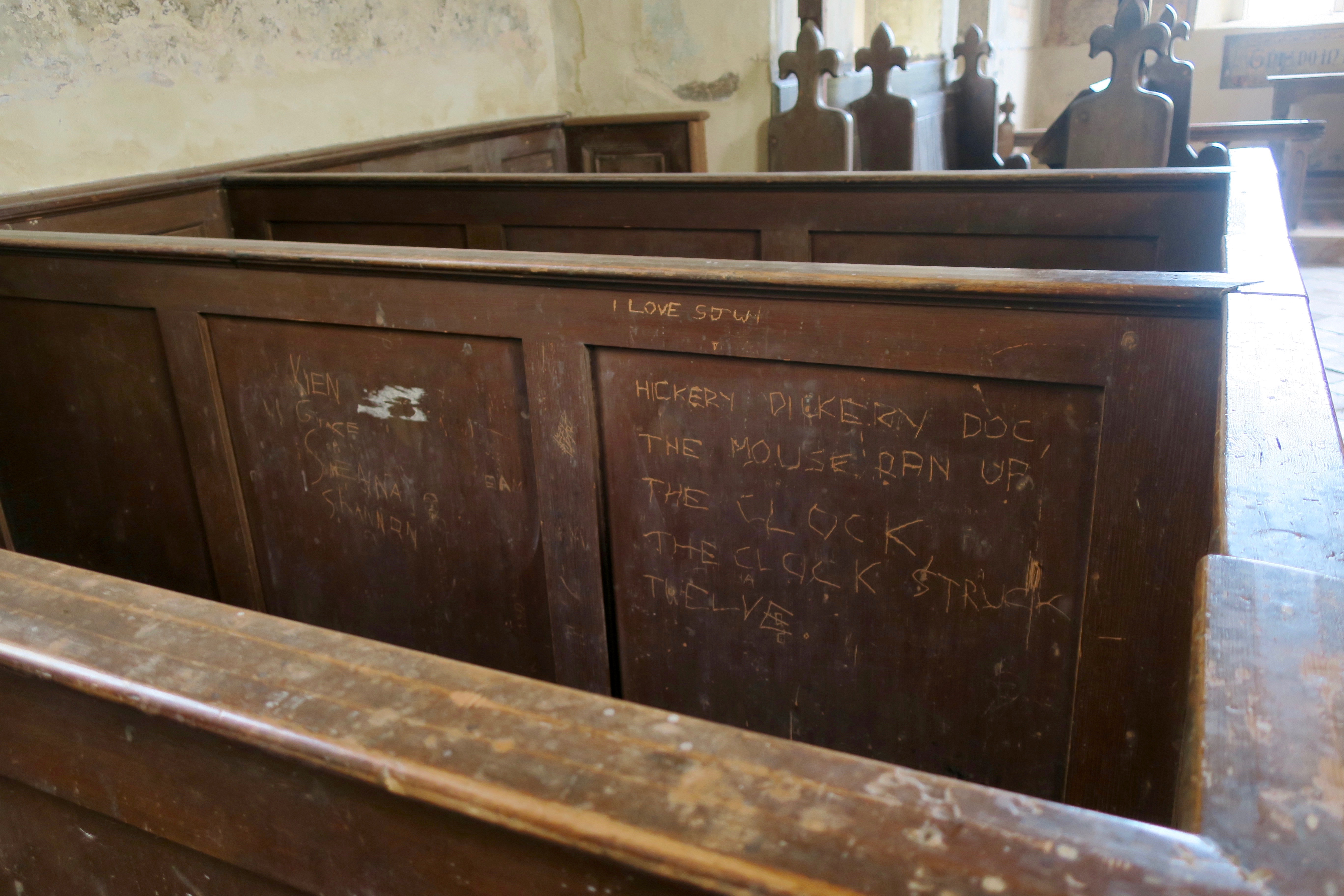

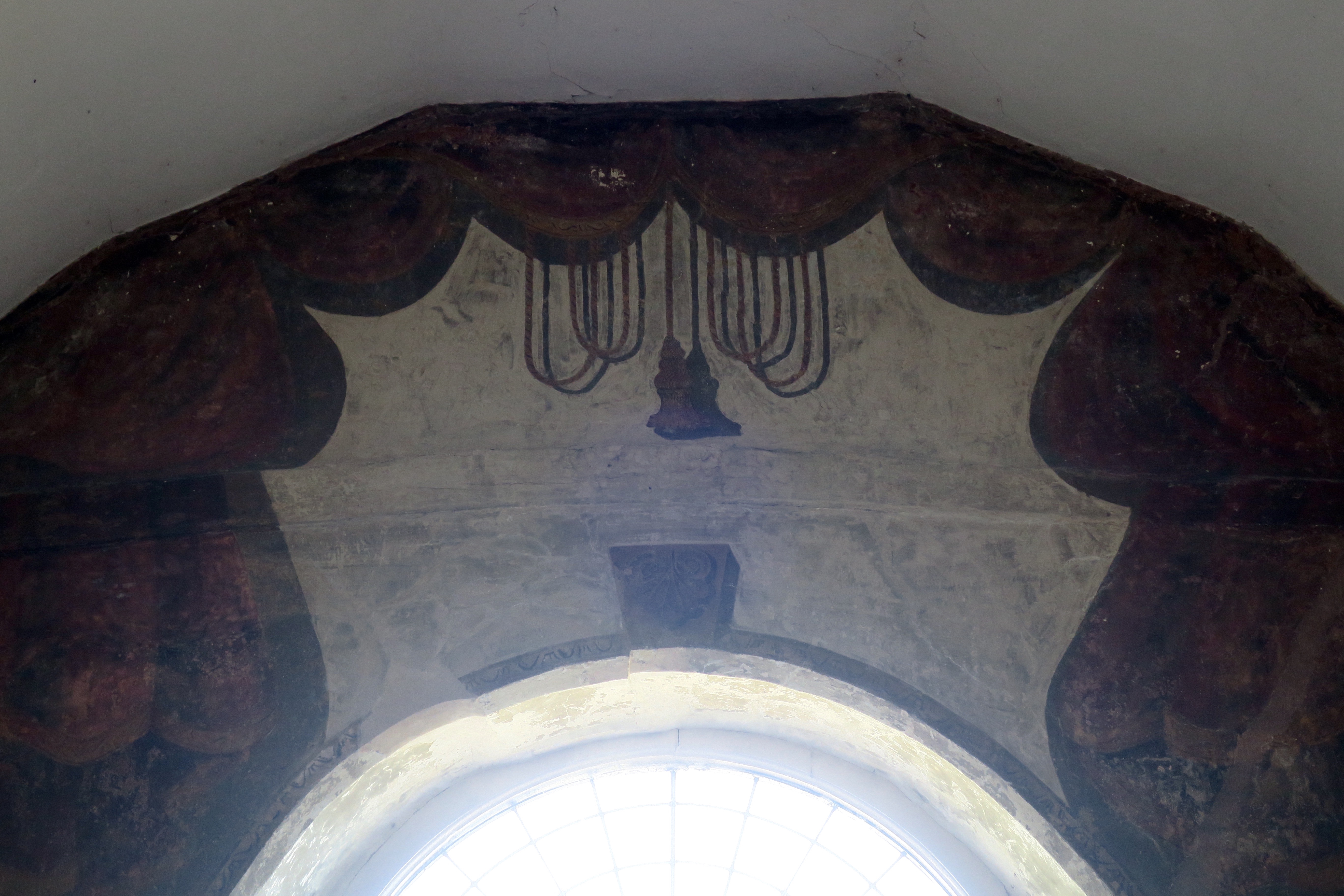





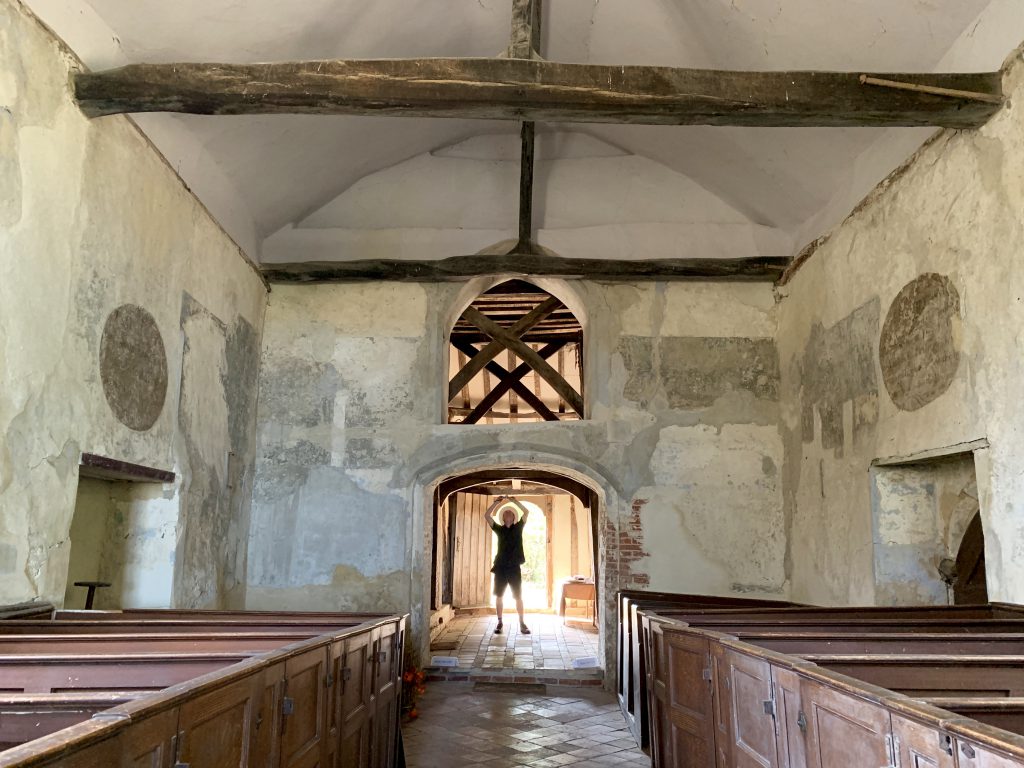
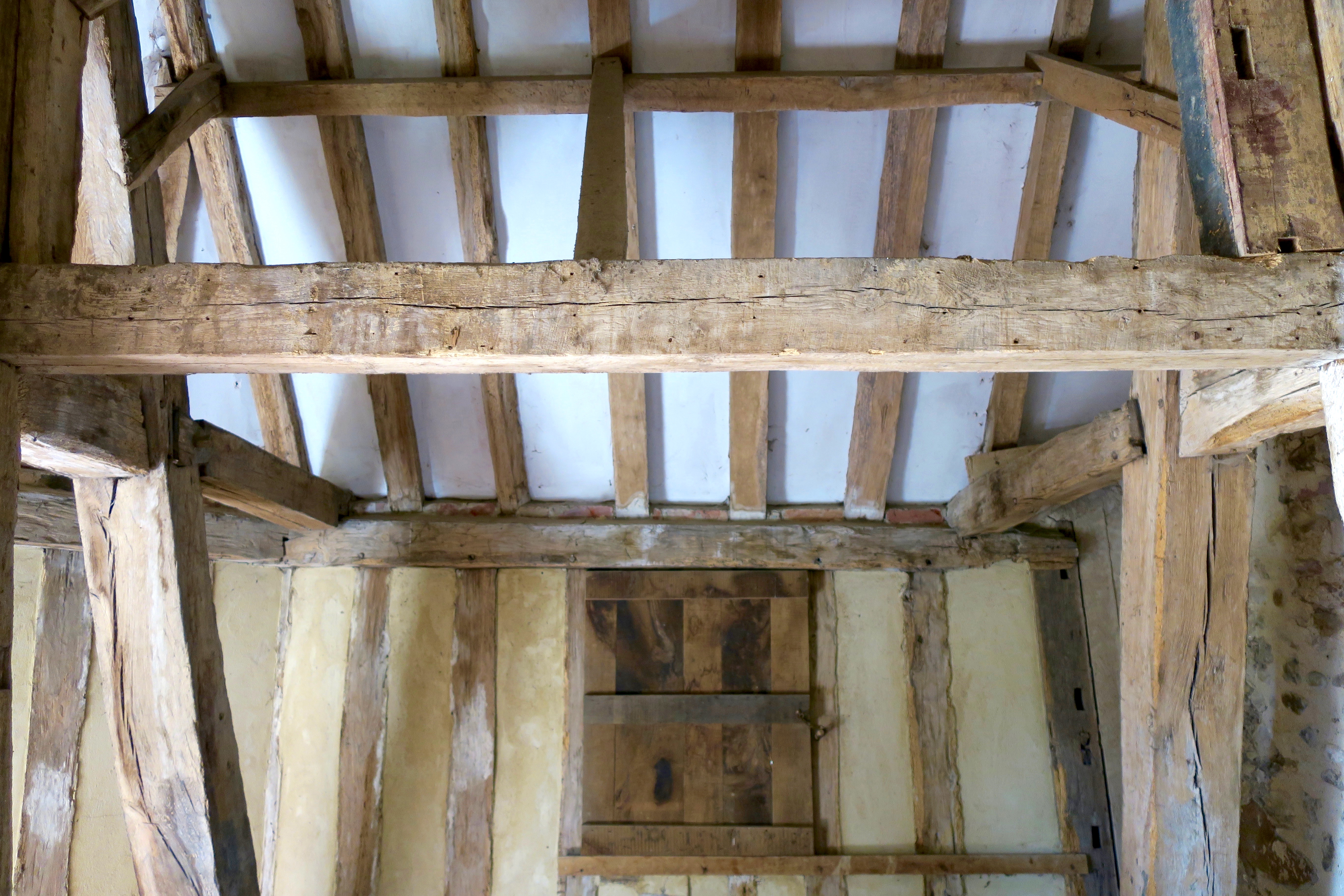


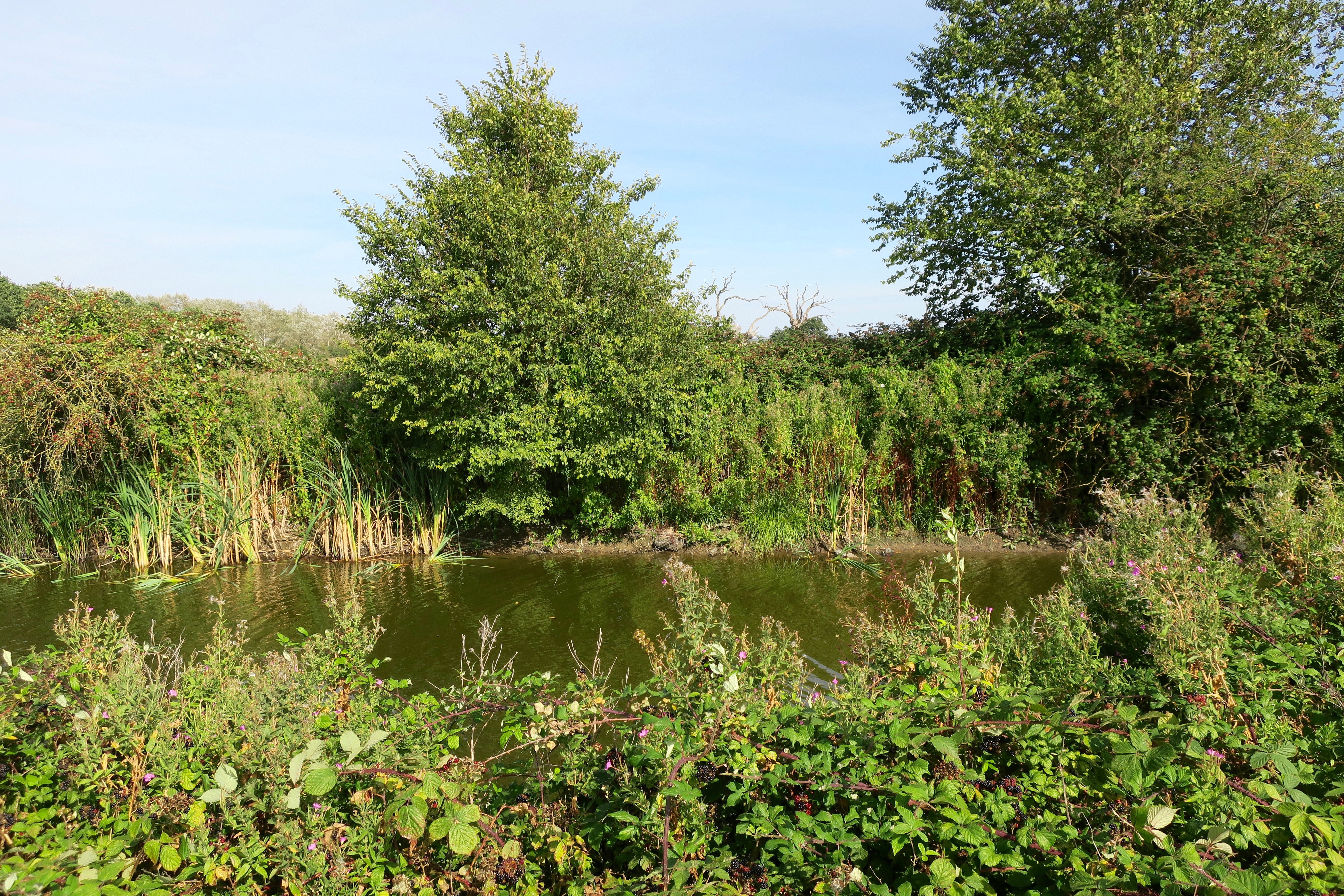
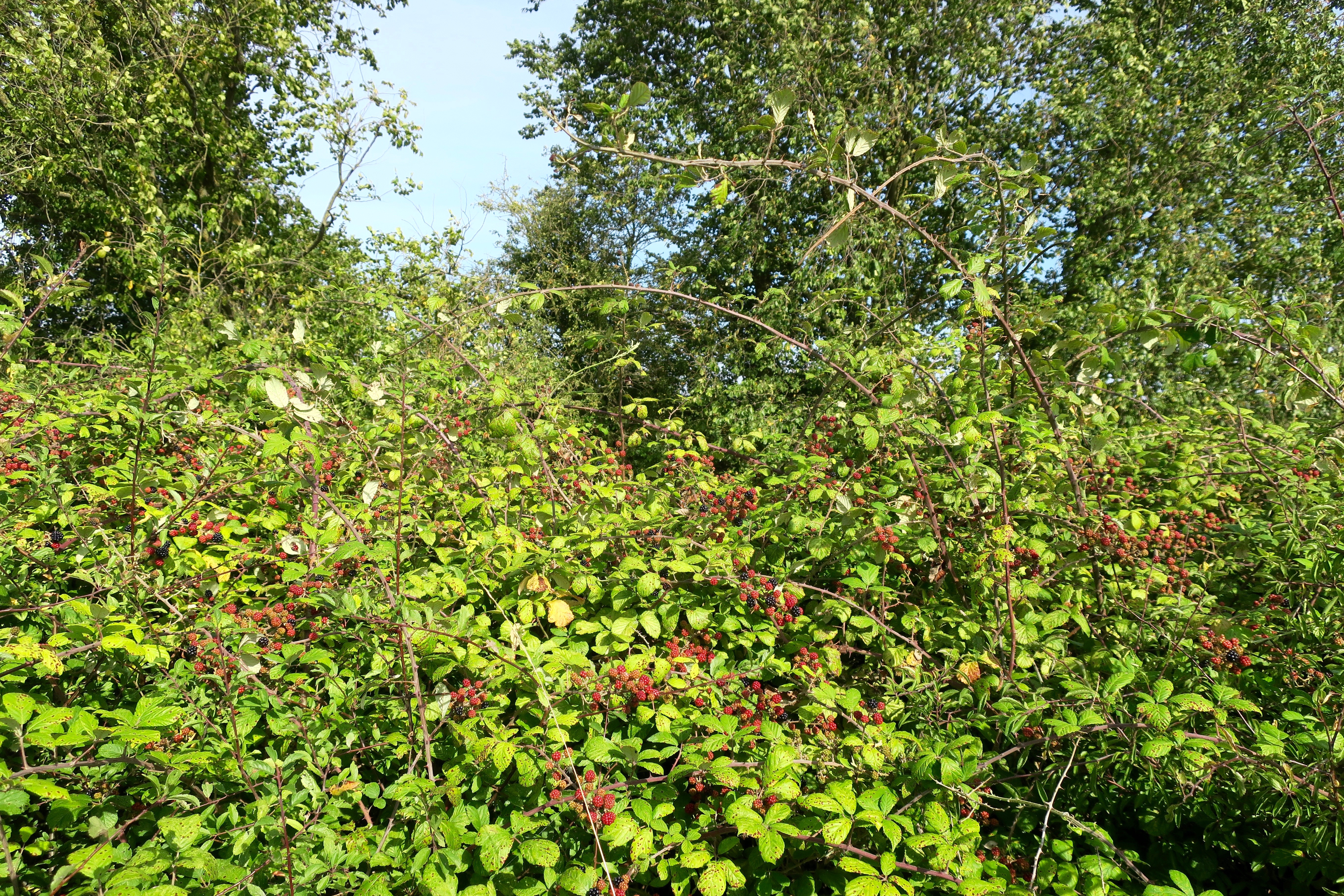
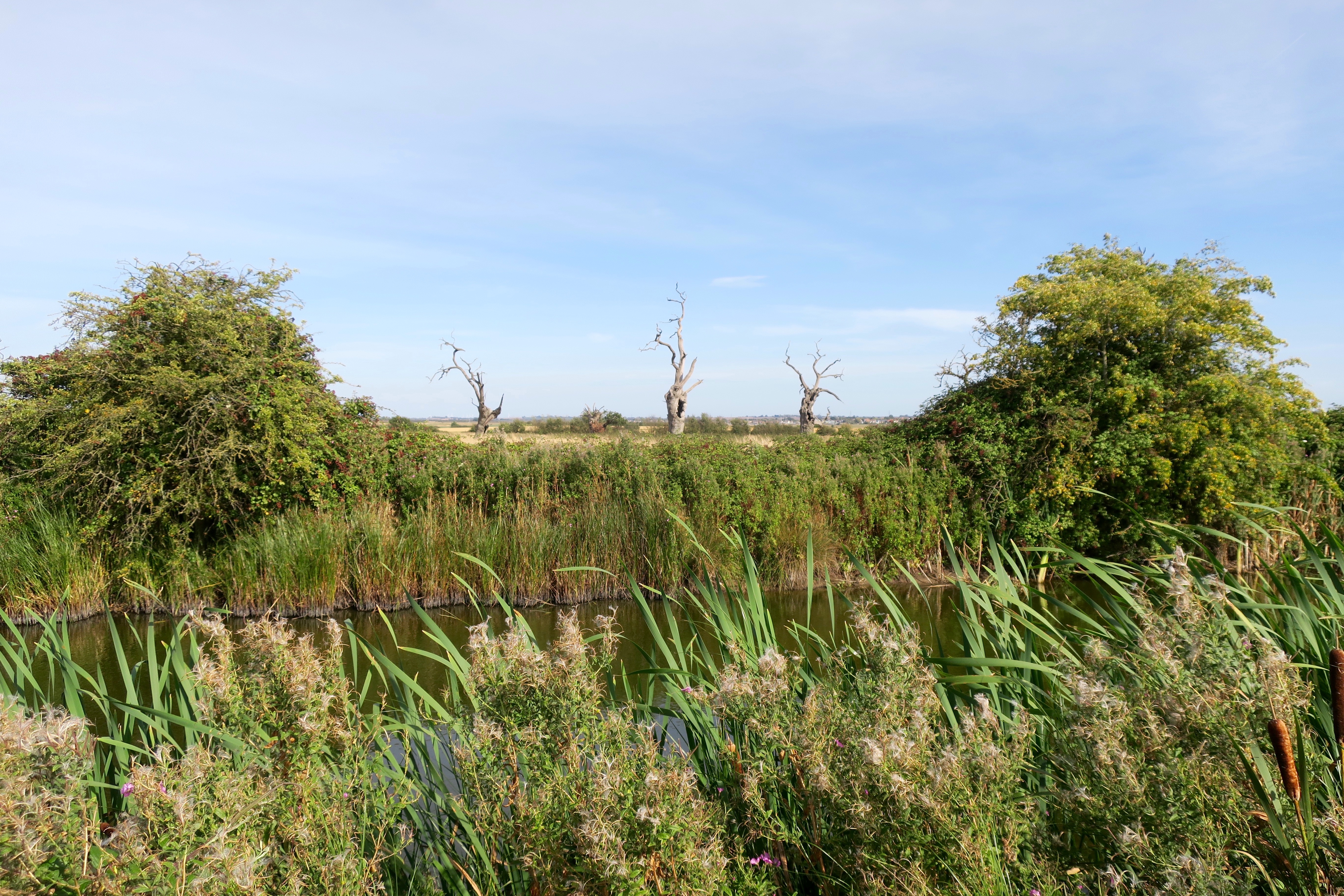



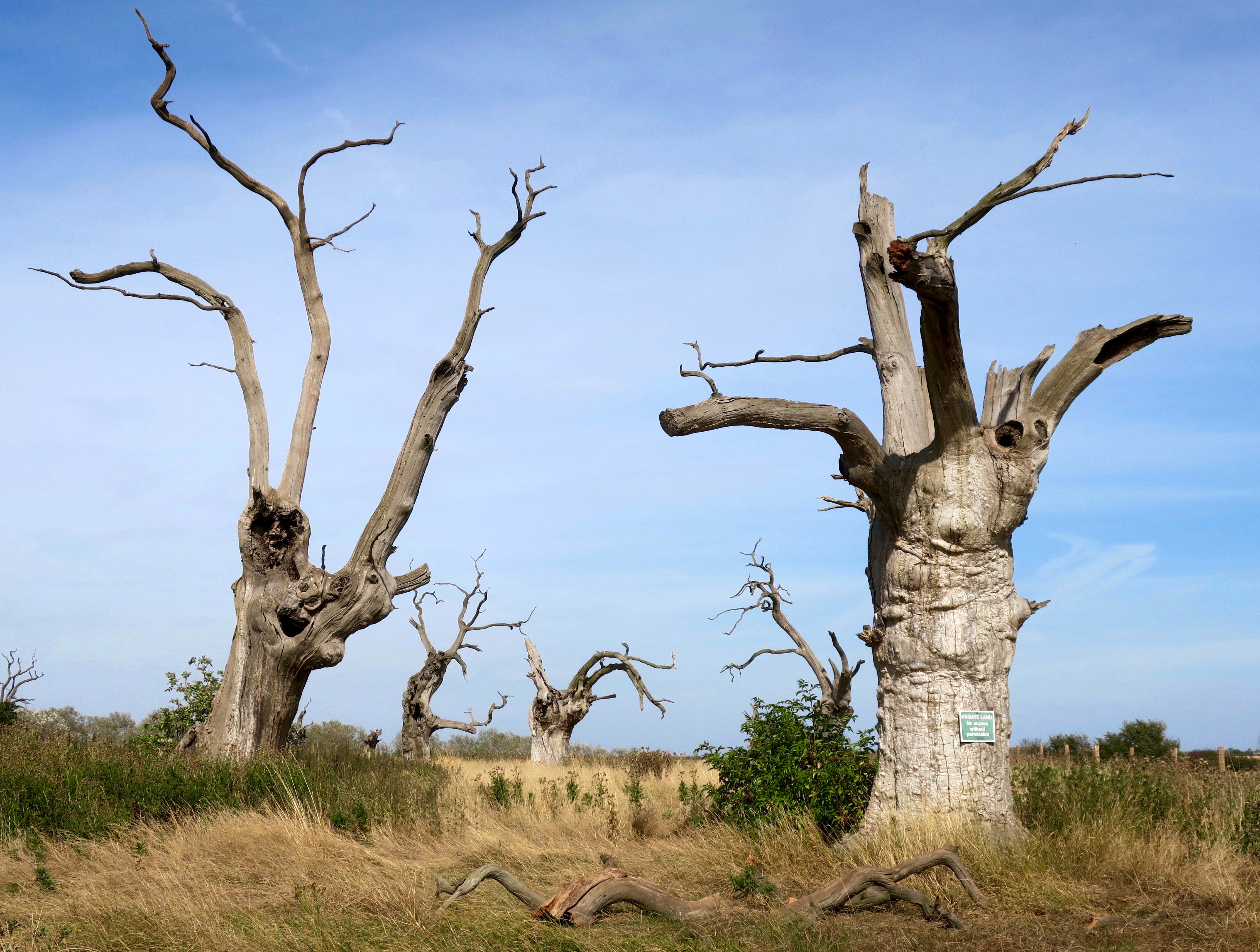

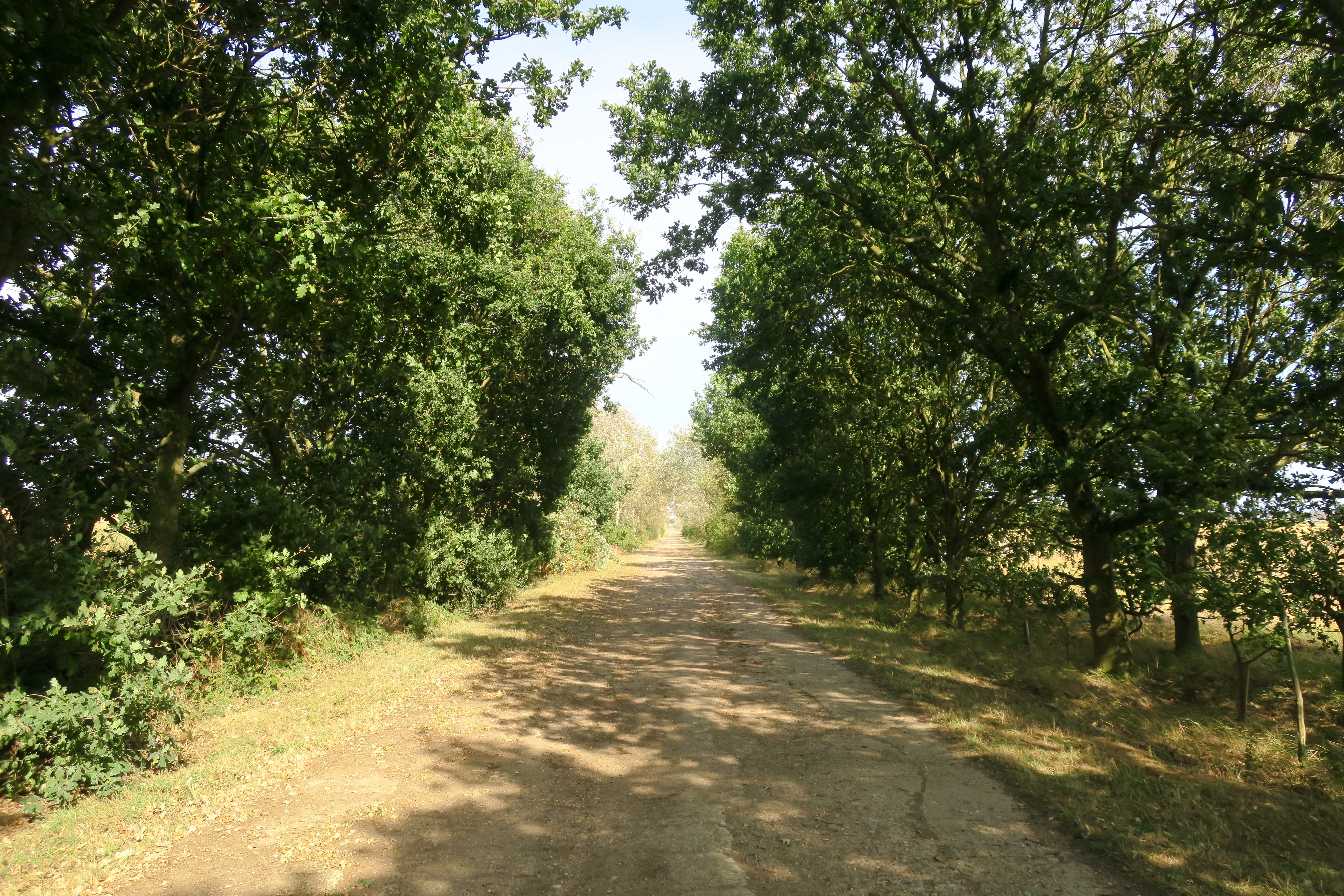
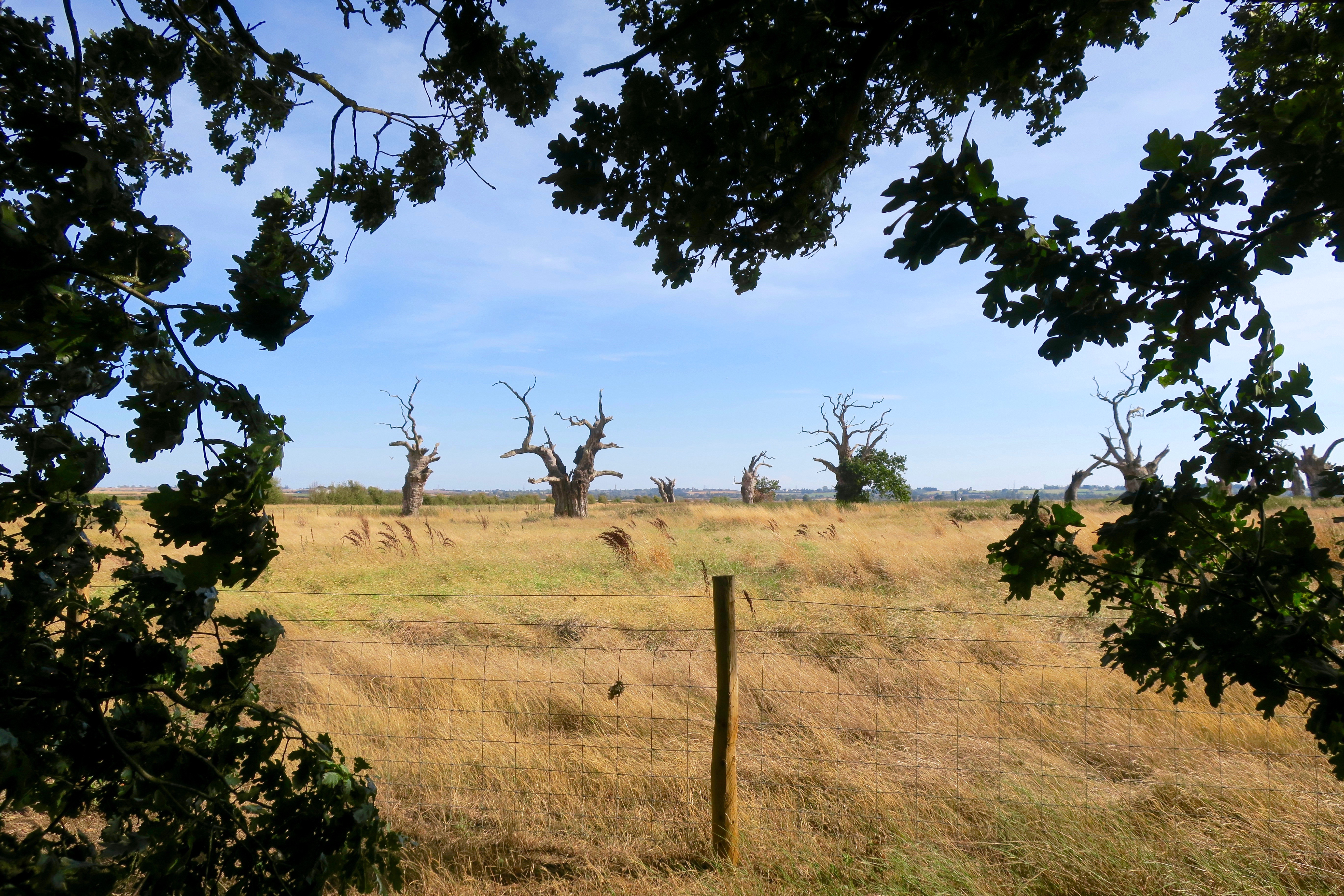

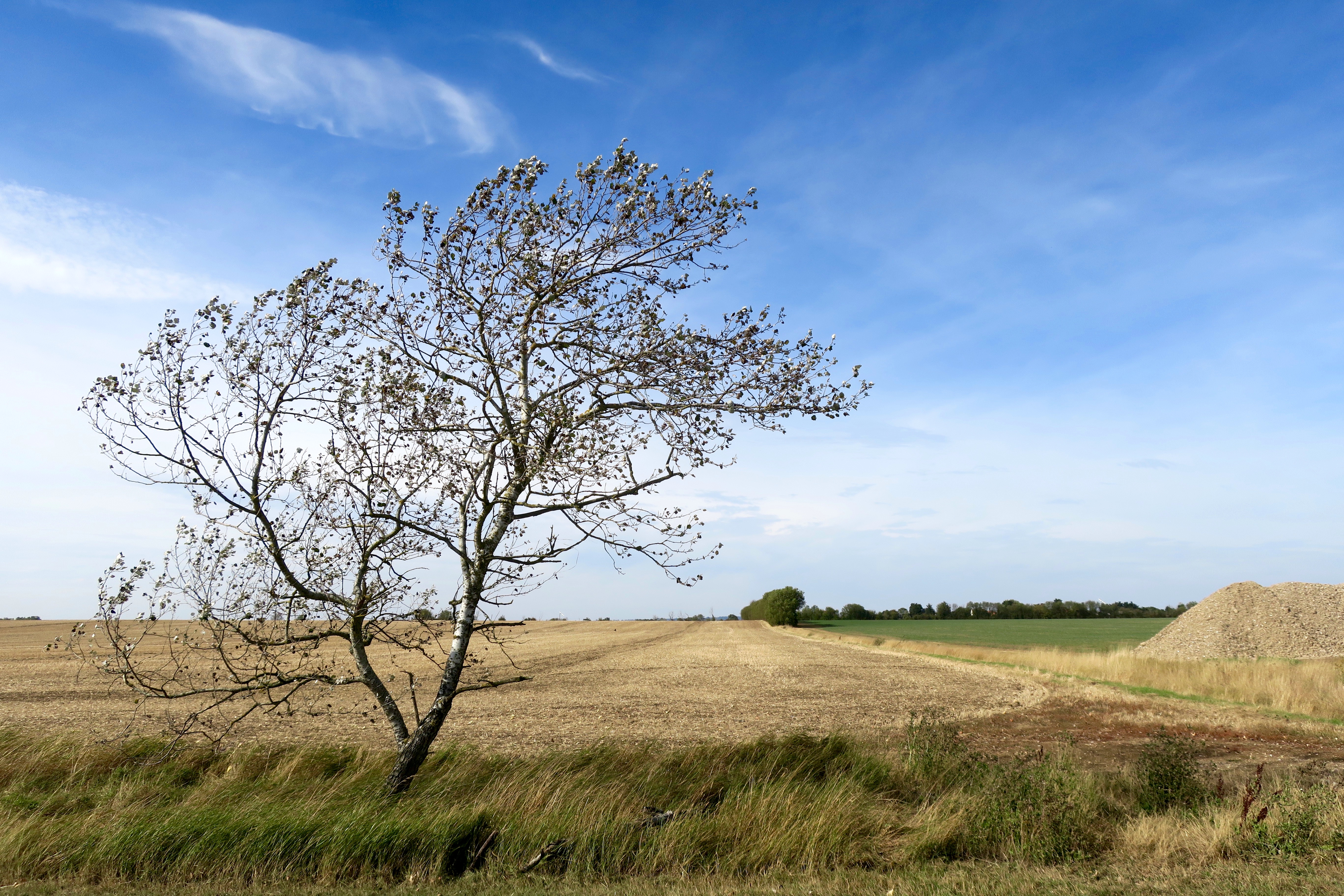
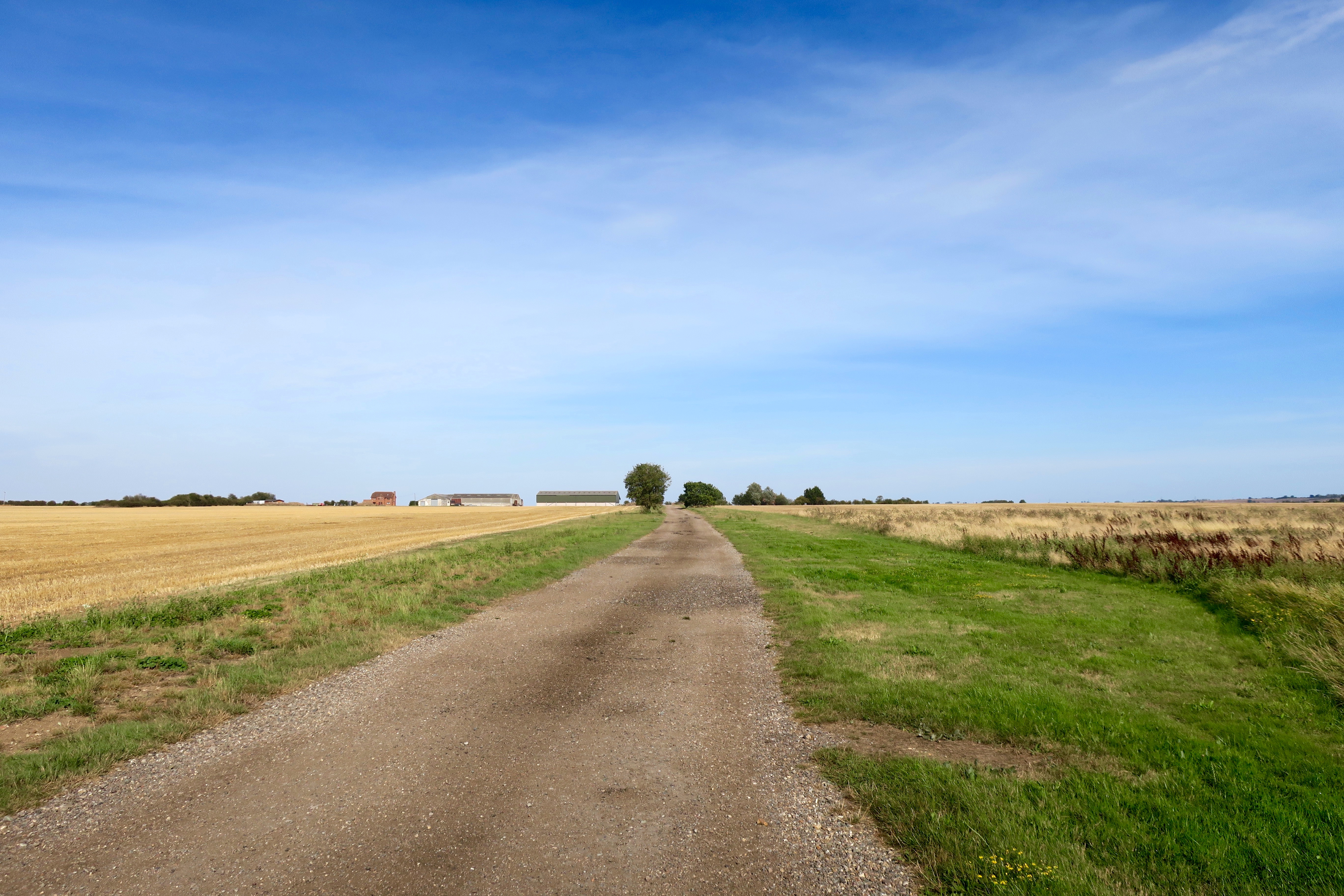

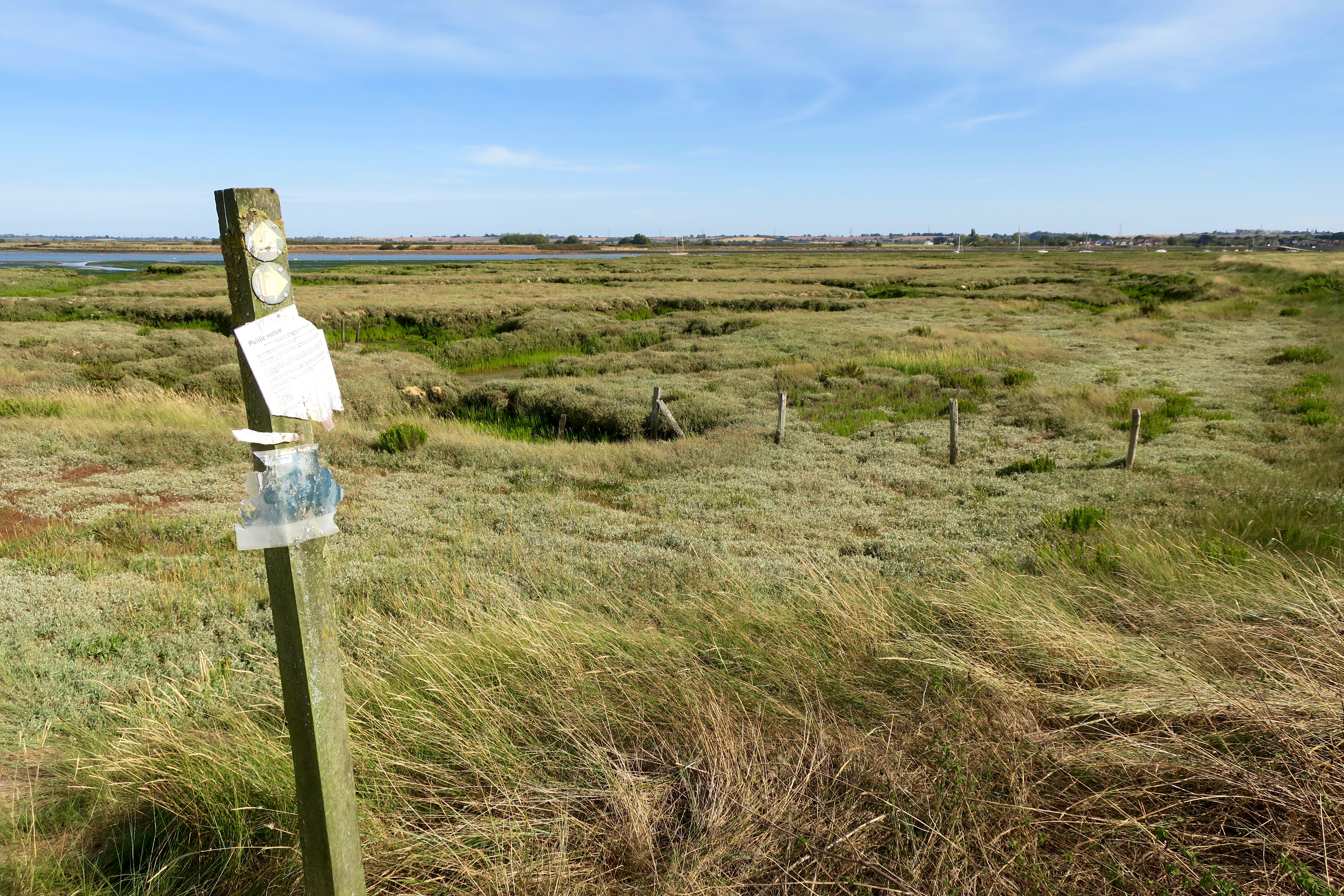

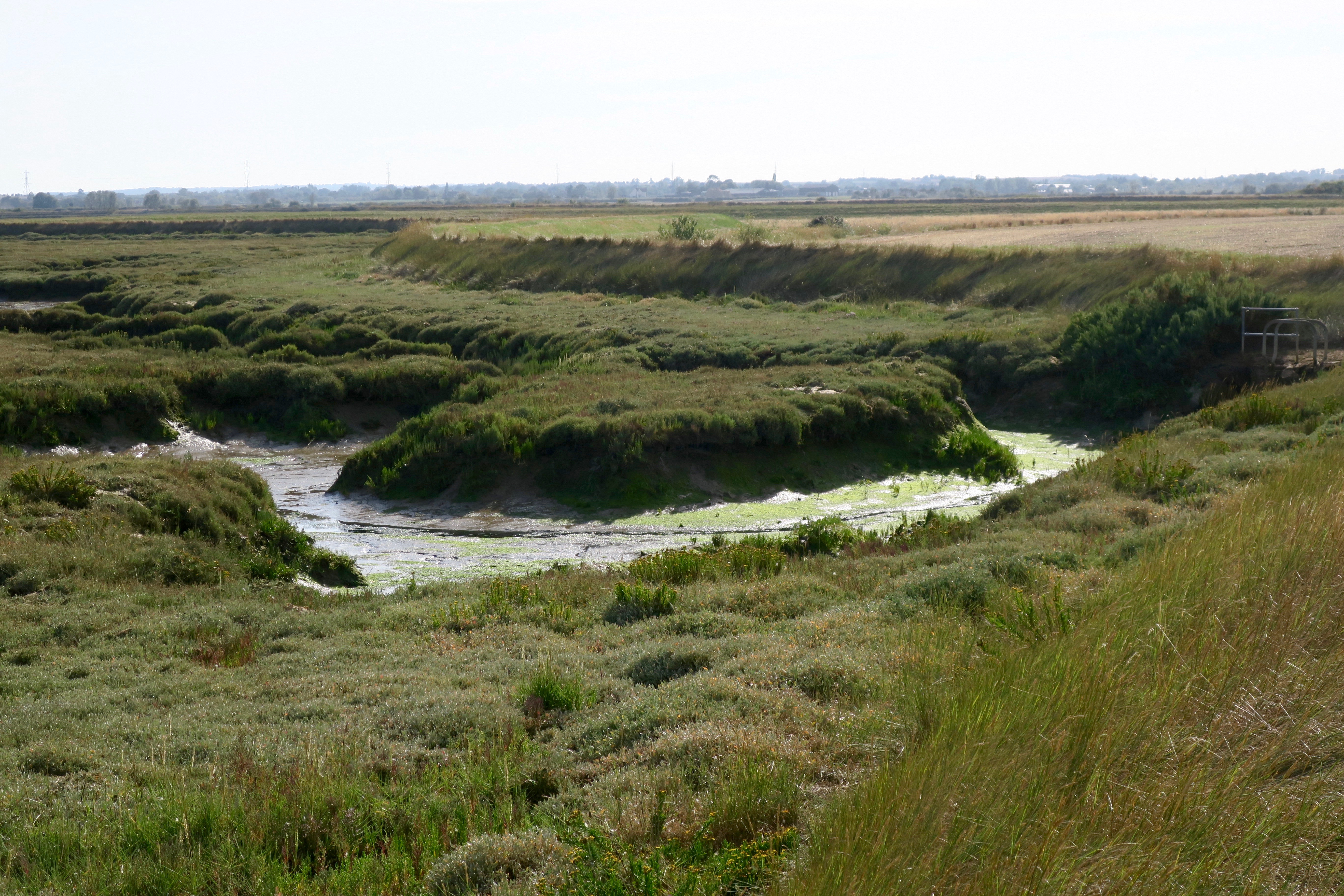



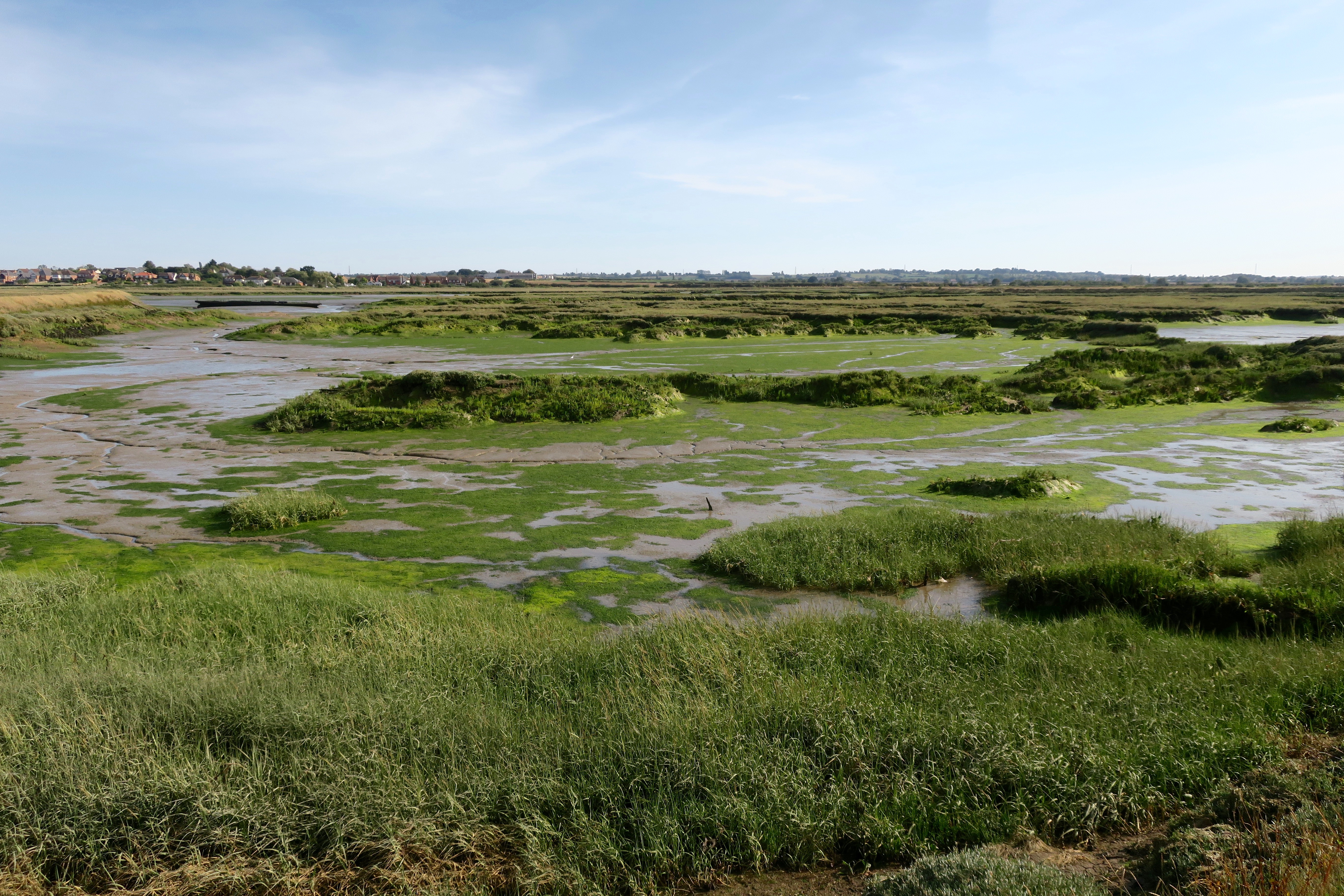
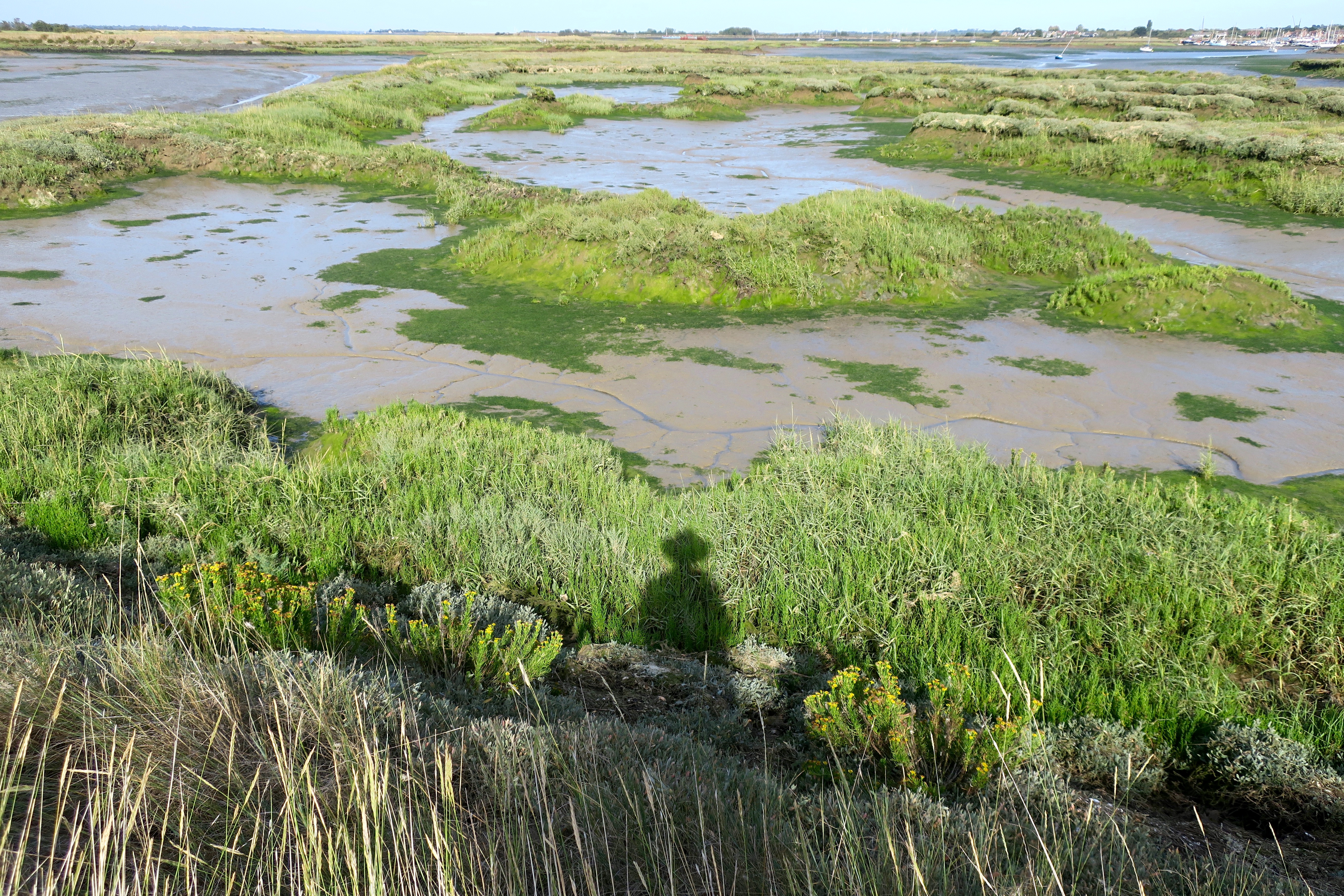


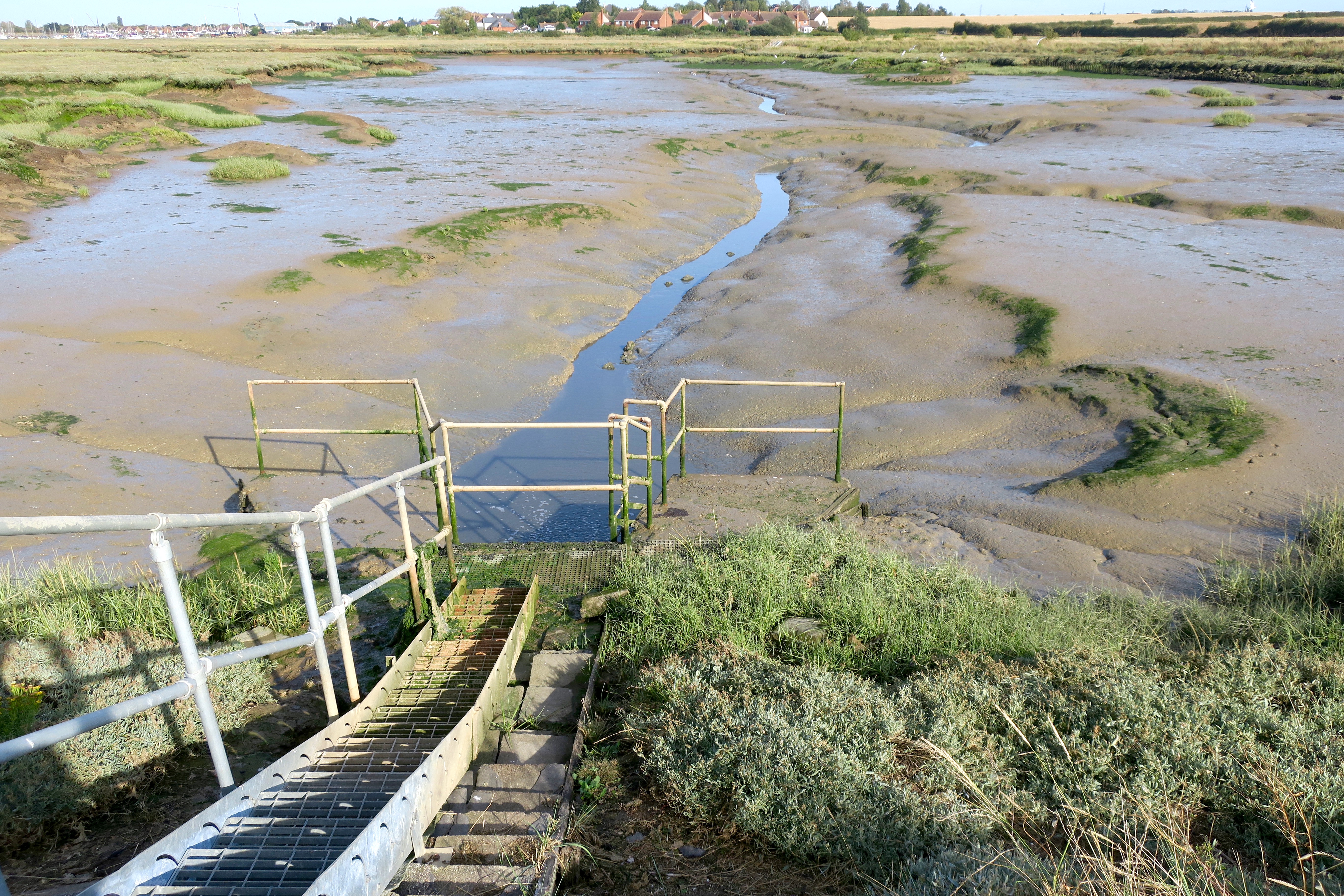
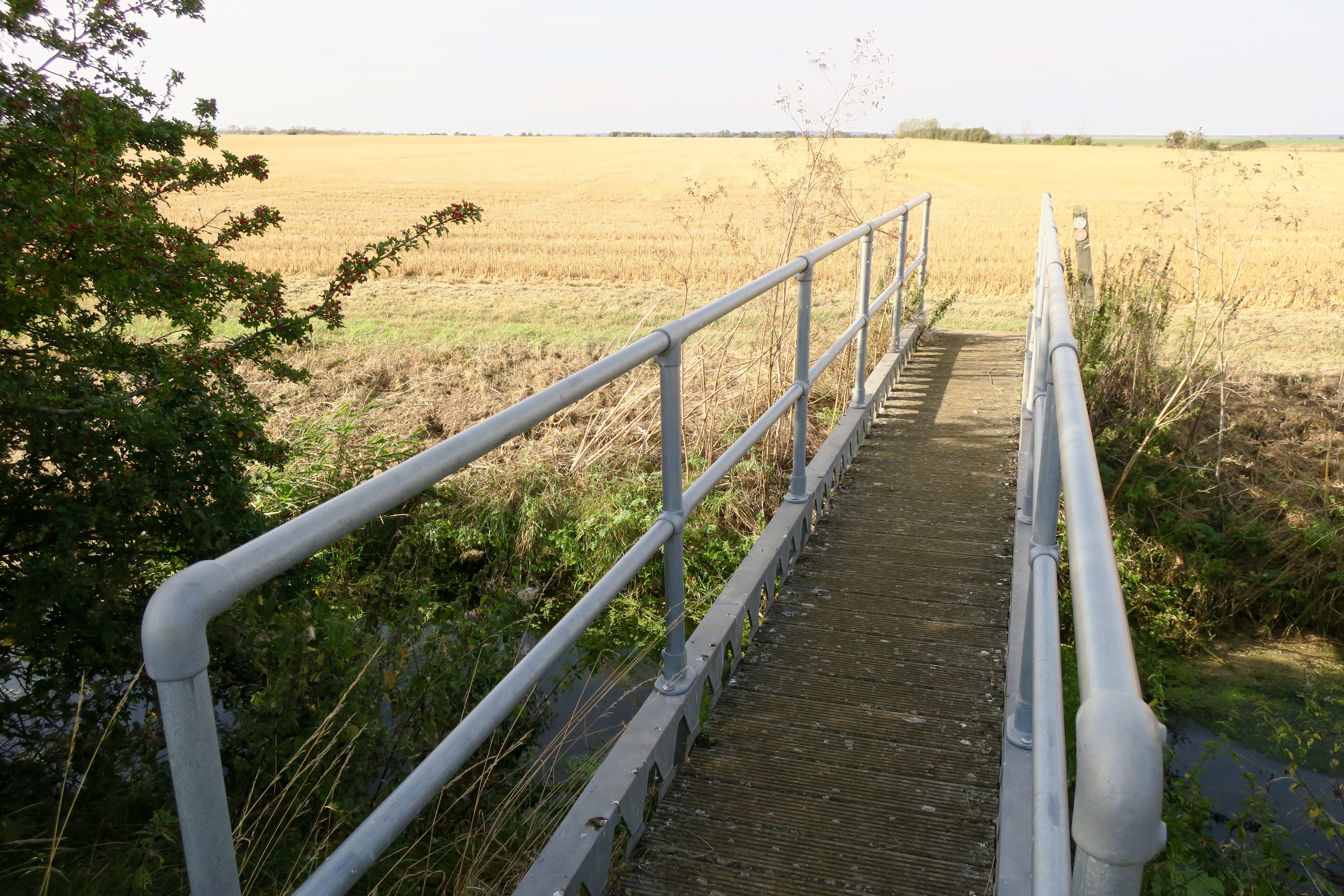
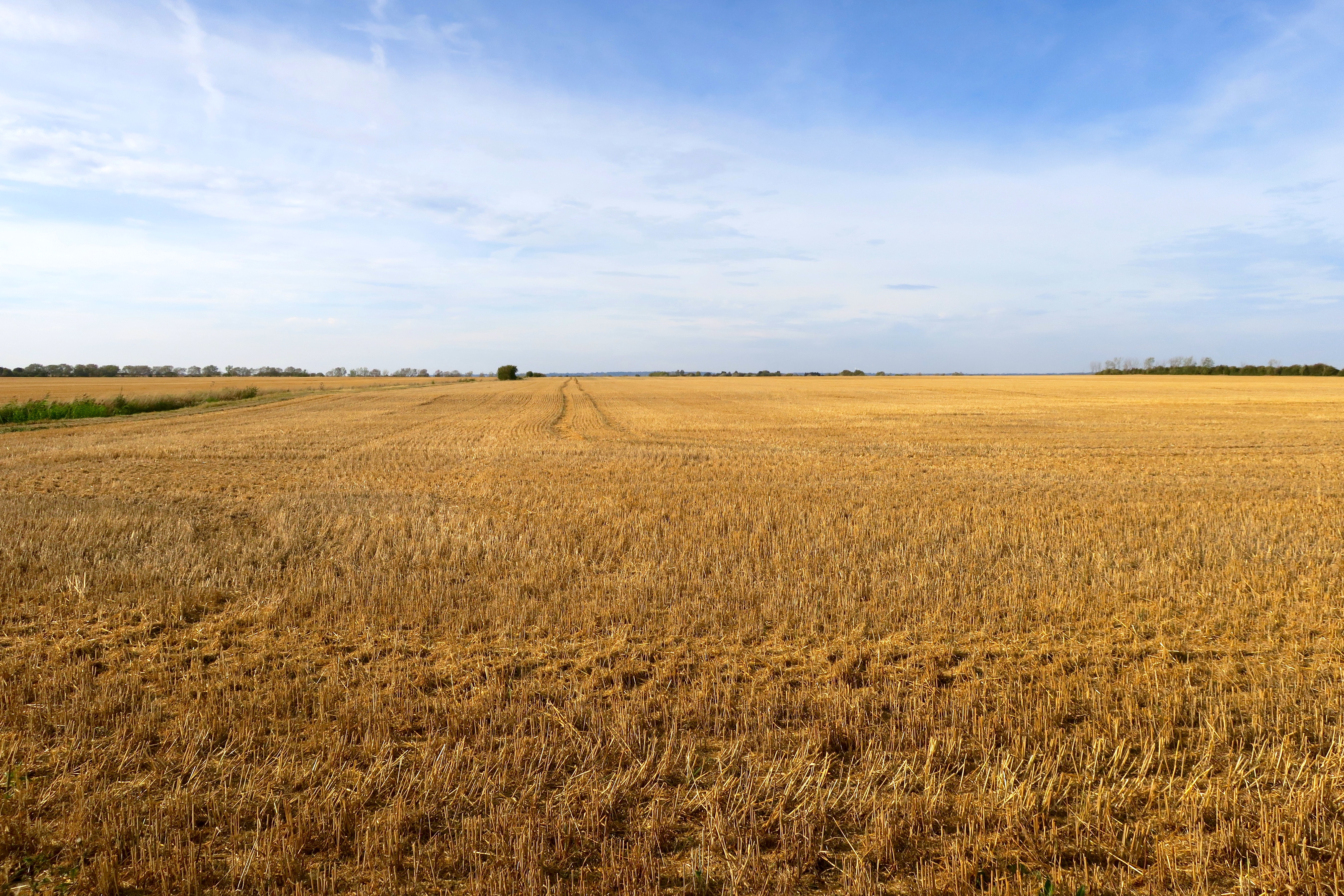
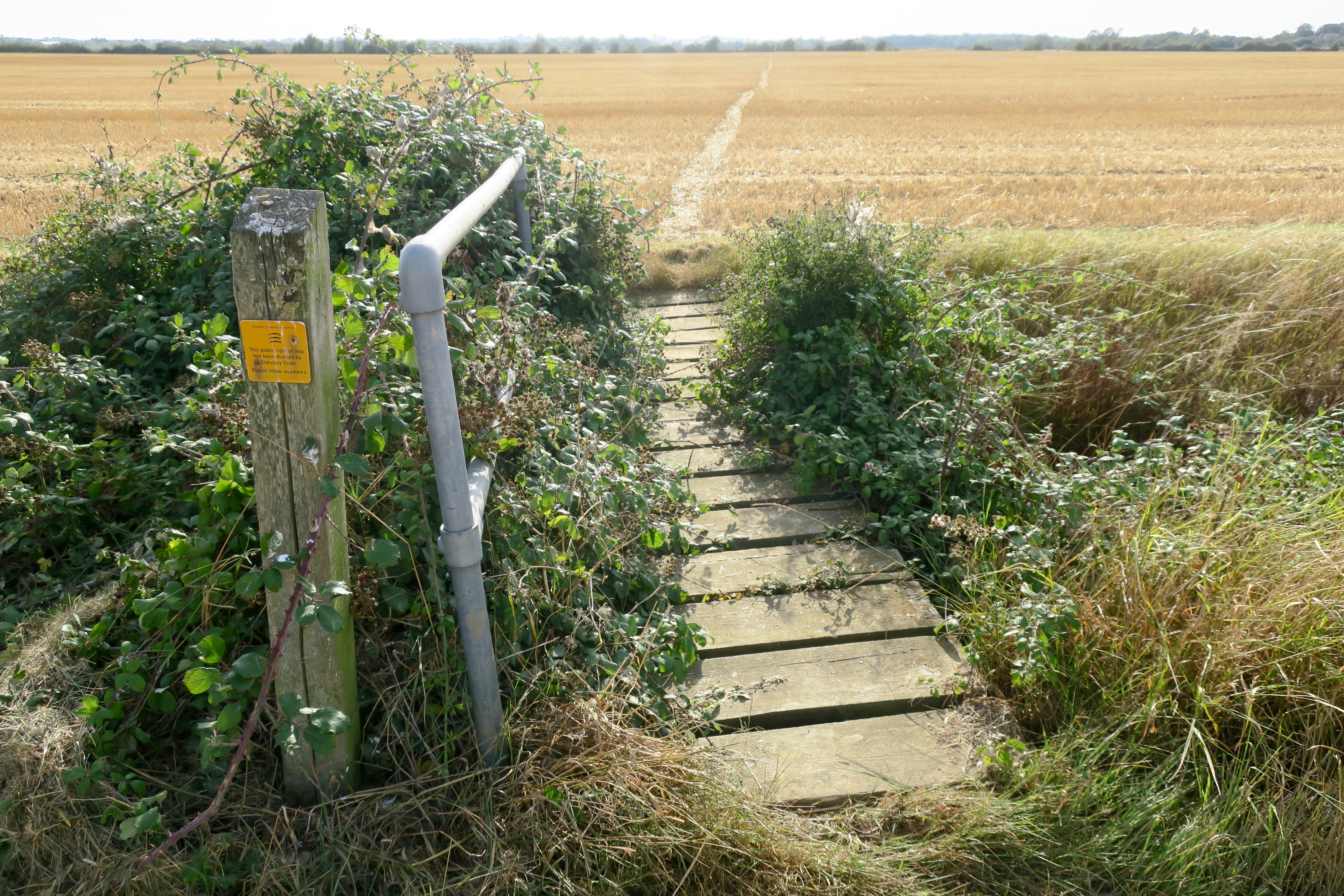
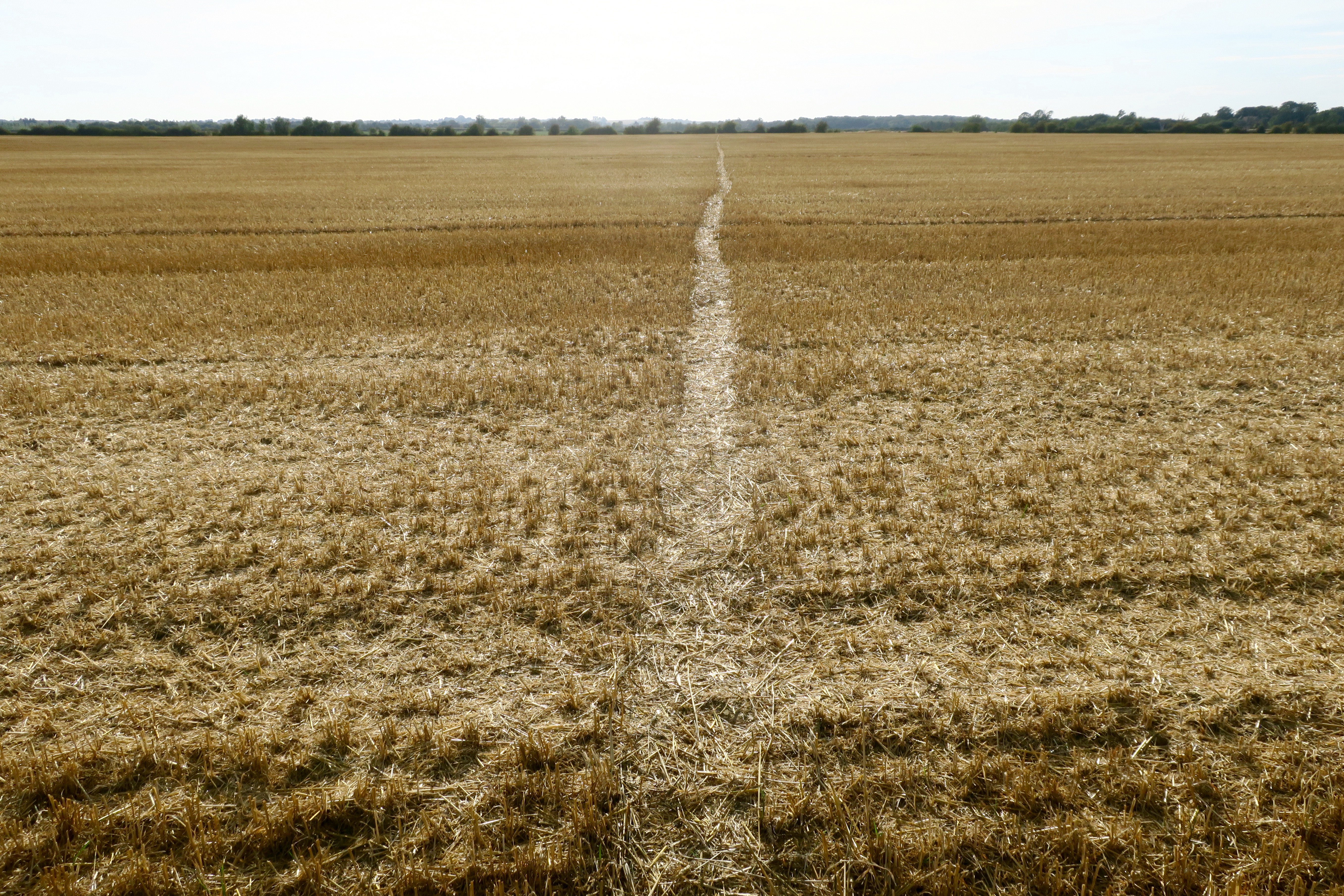
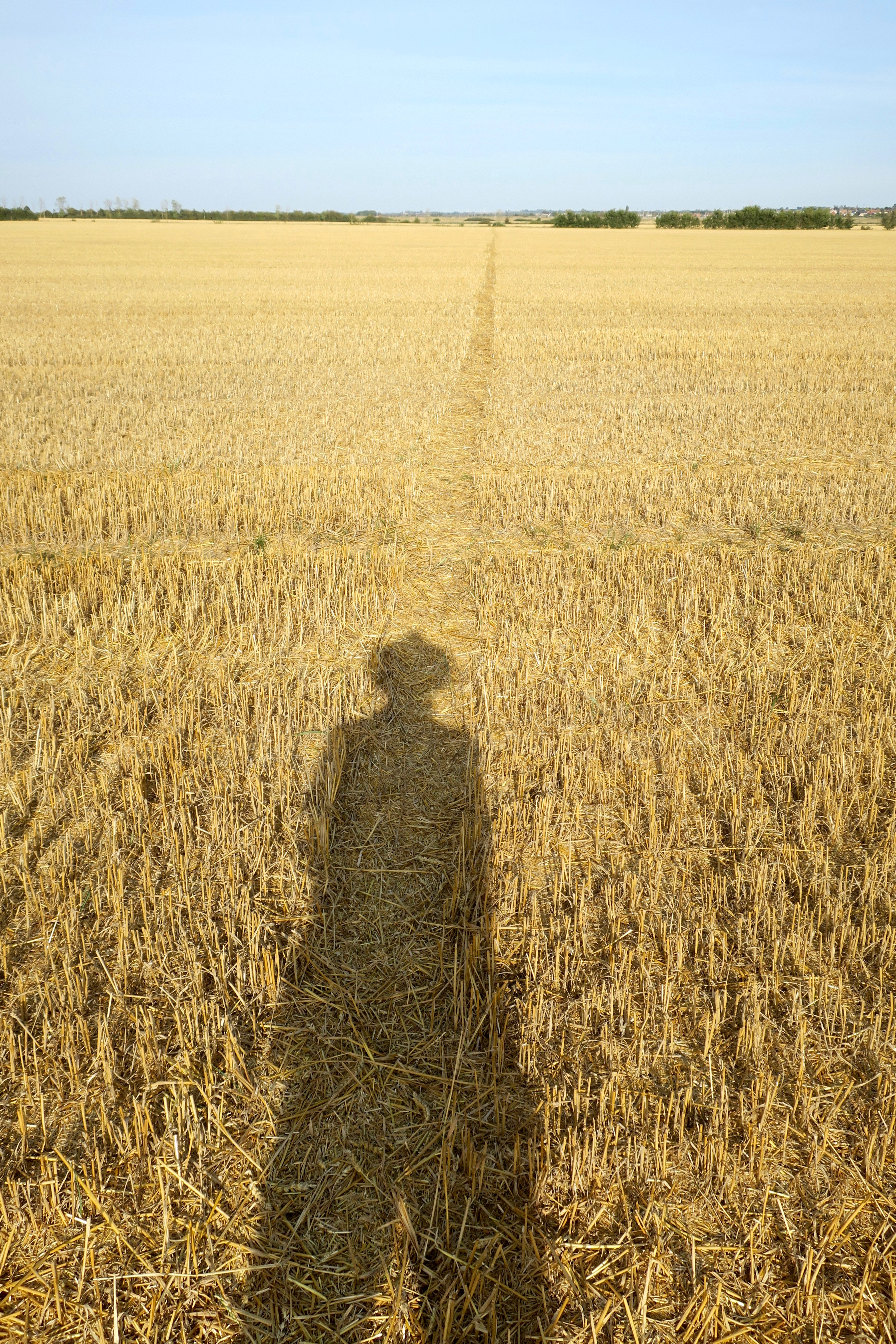
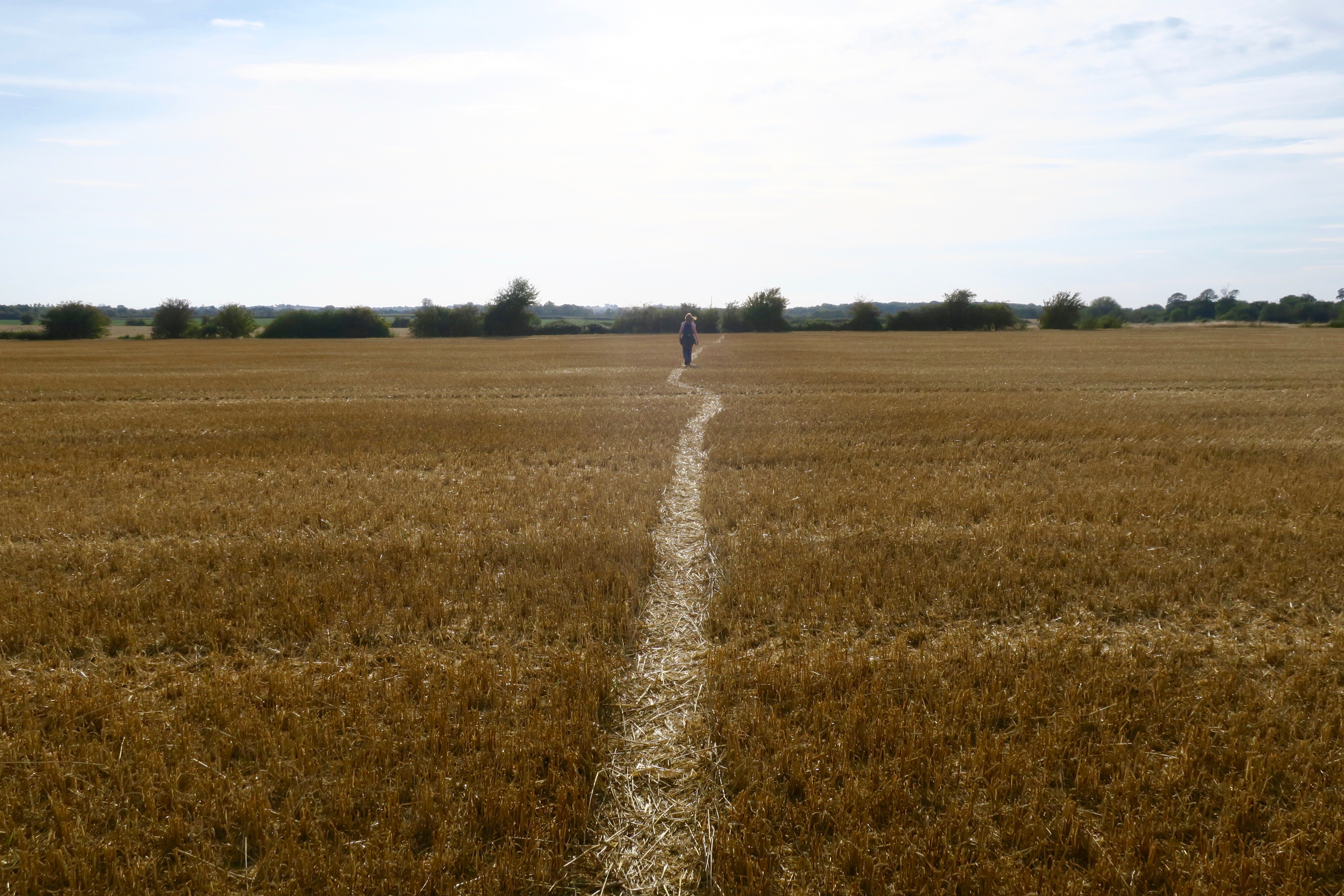


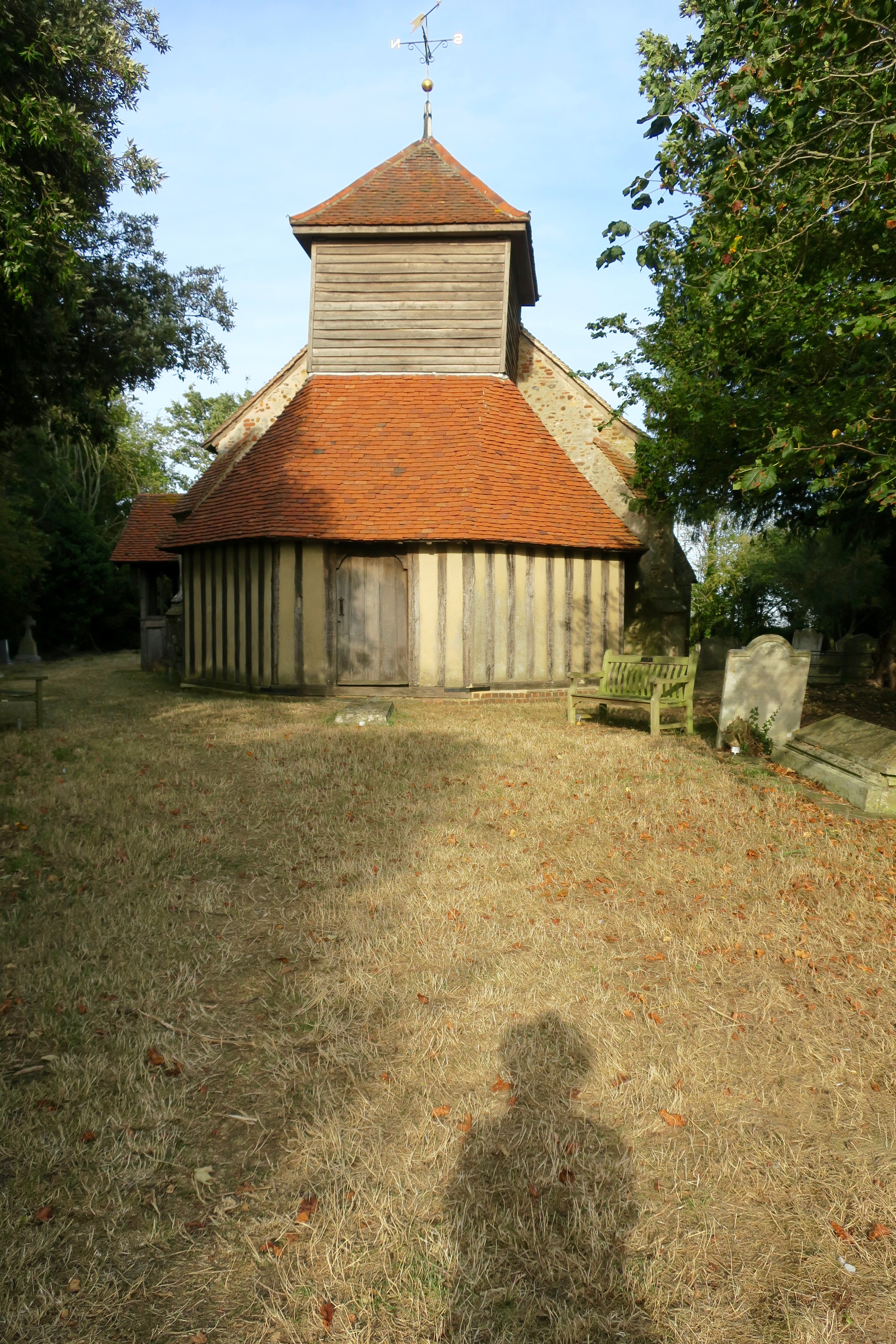
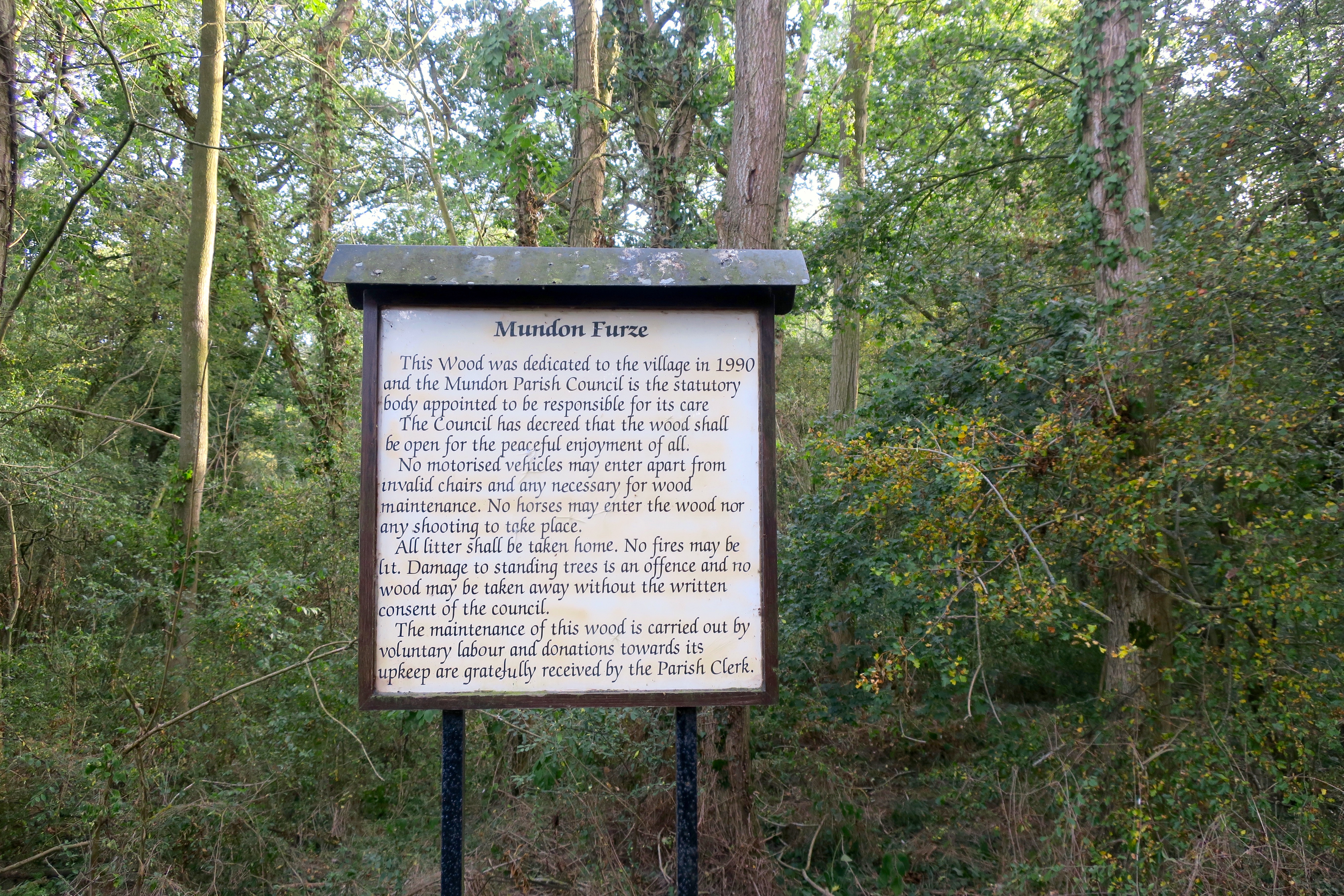
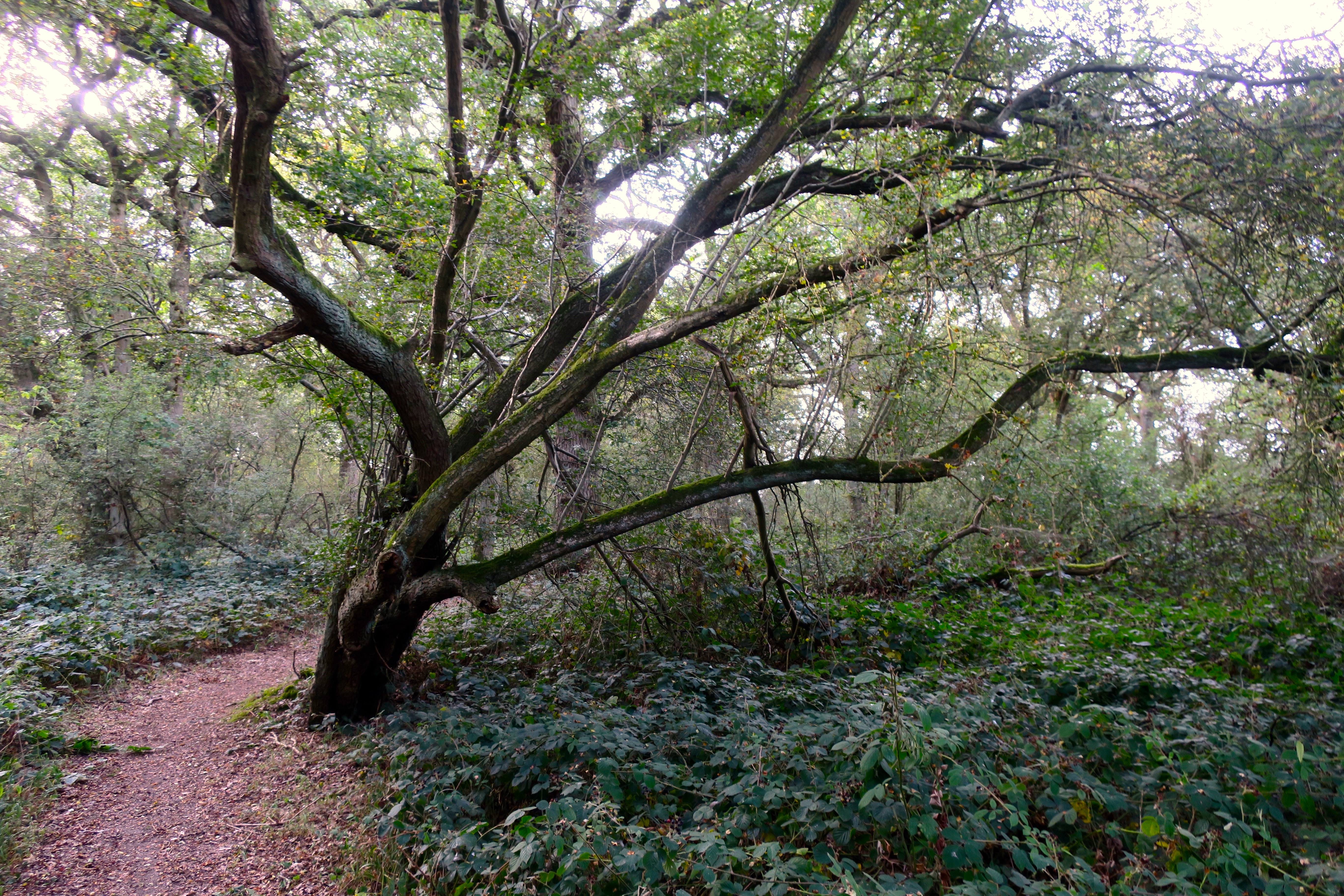

I worked on Mundon Hall Farm from 1972-1984. Had many a walk around there as a child. In between Mundon Hall Farm and Brick house farm, on the higher land was another farm we called Shepherds farm. It was swallowed up with the 2 farms many years prior.